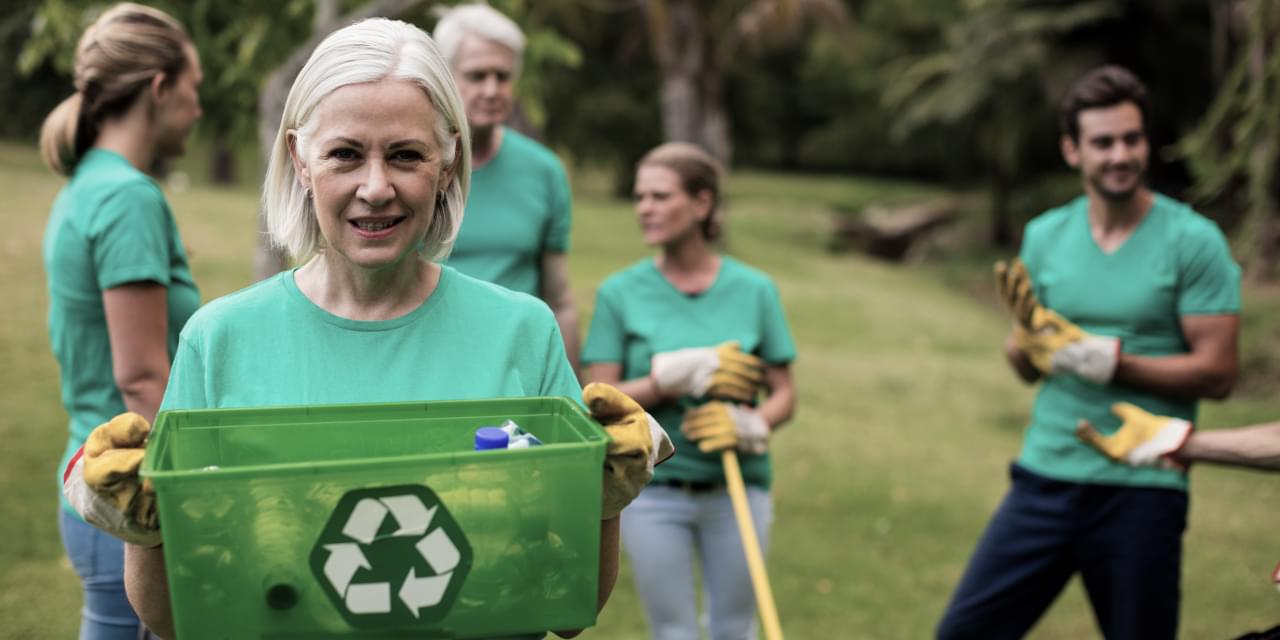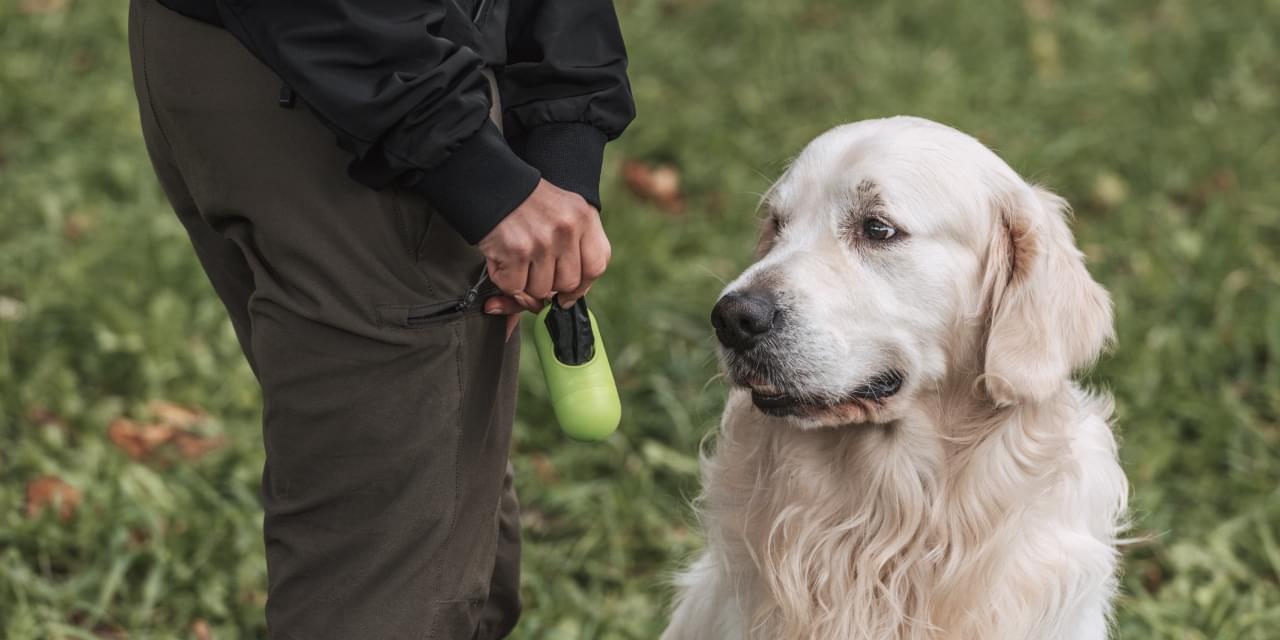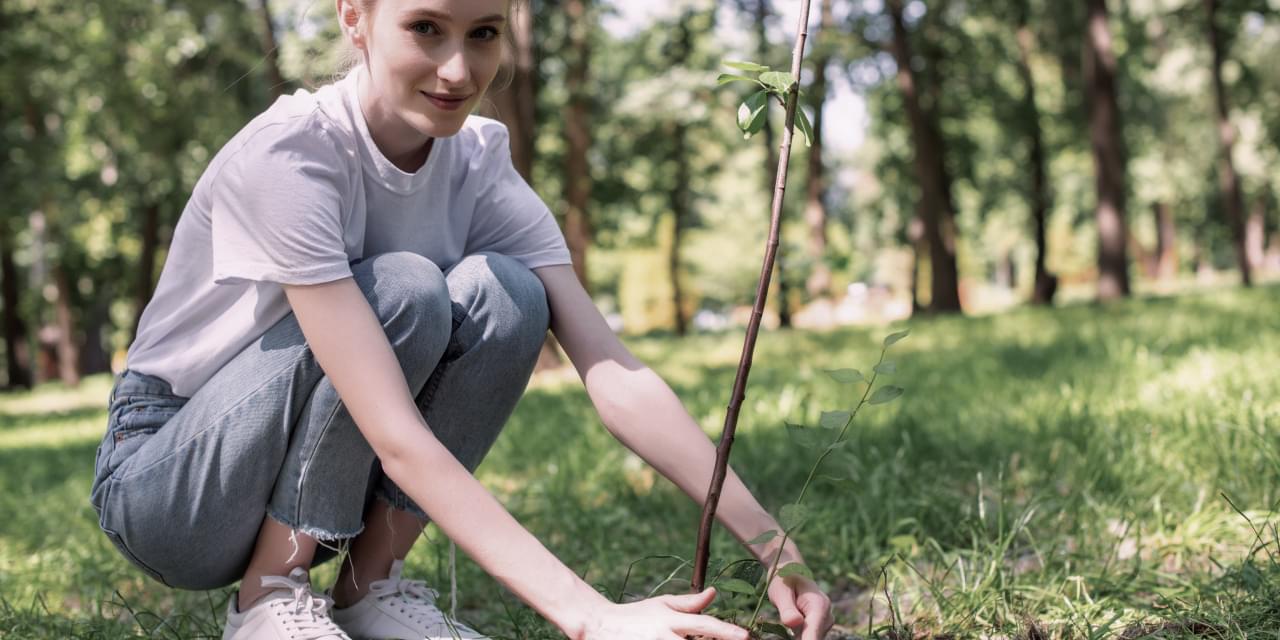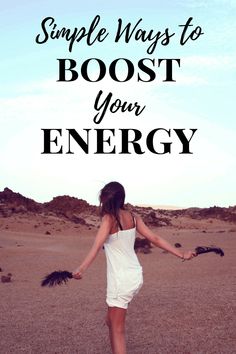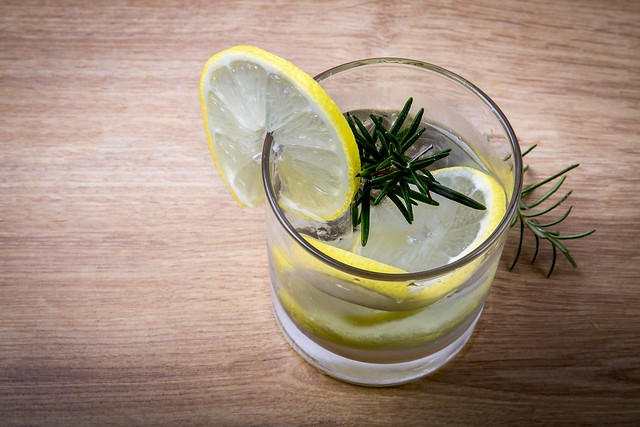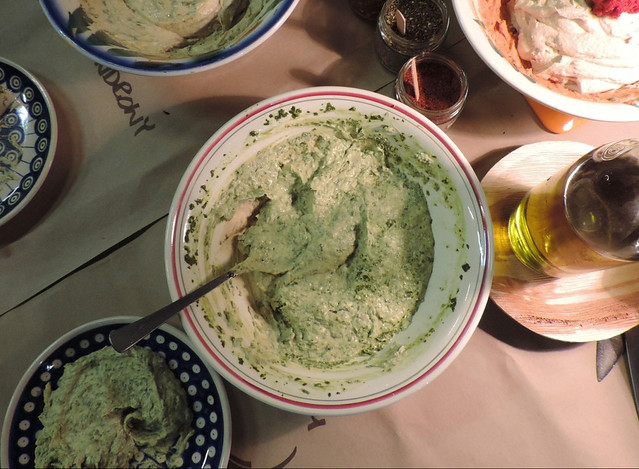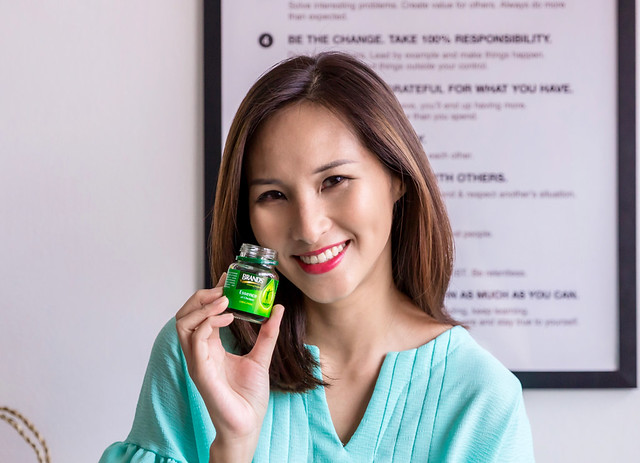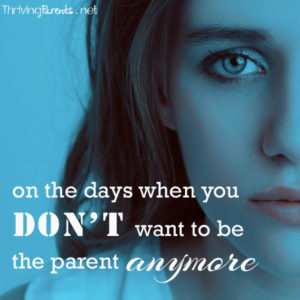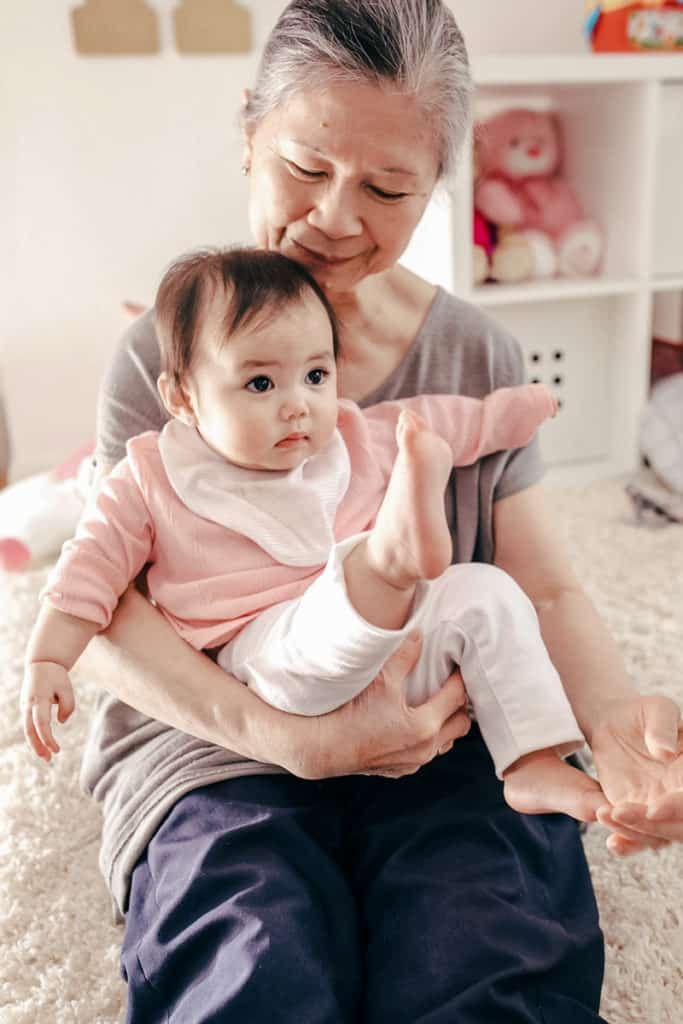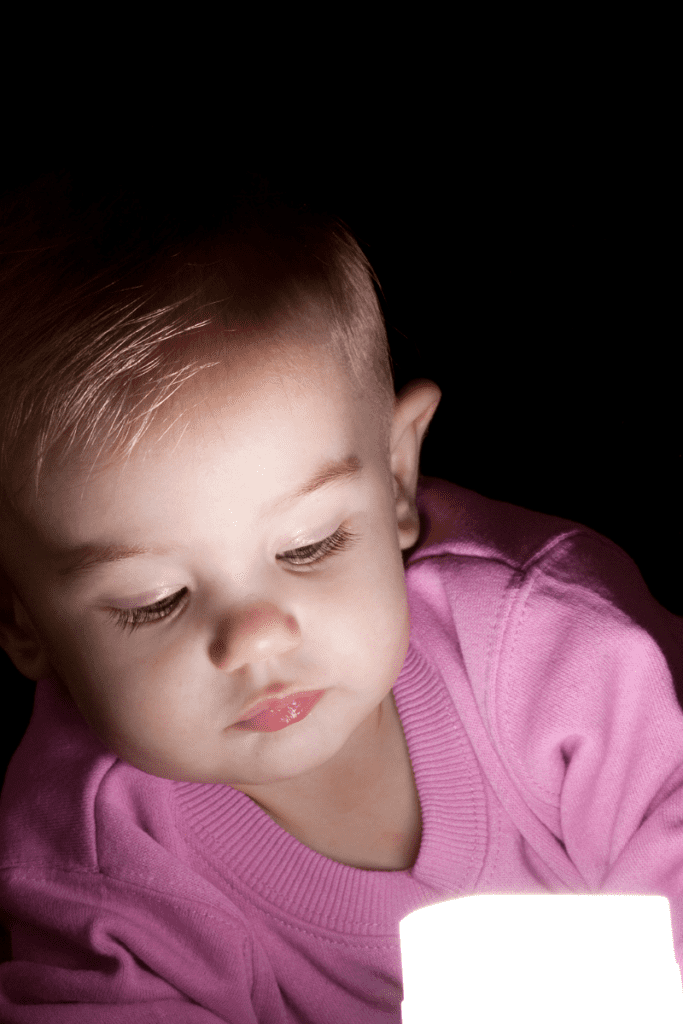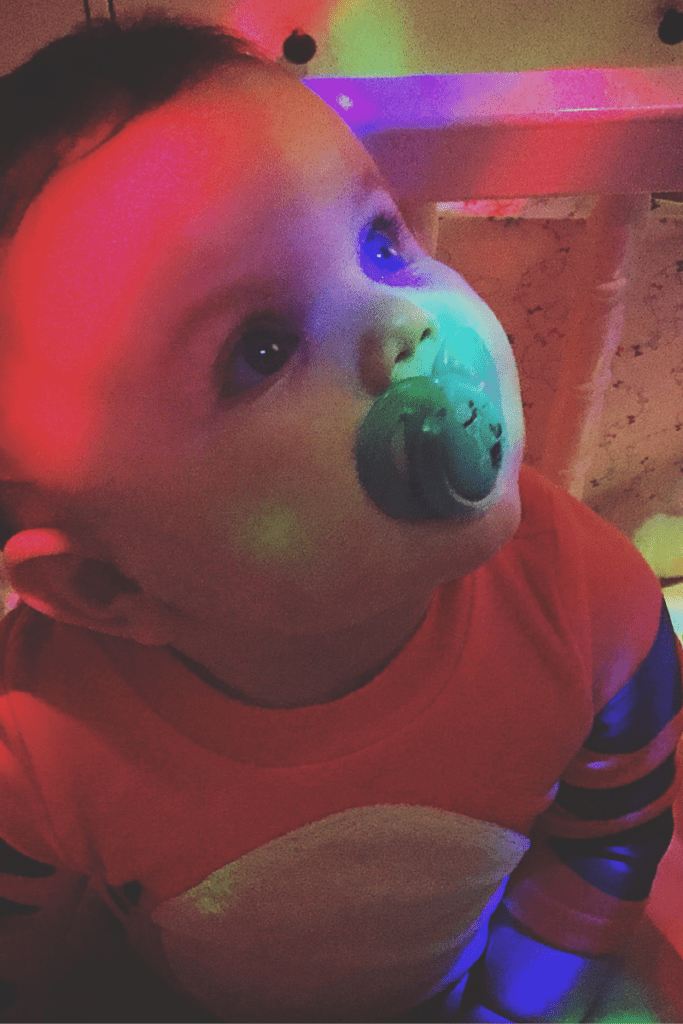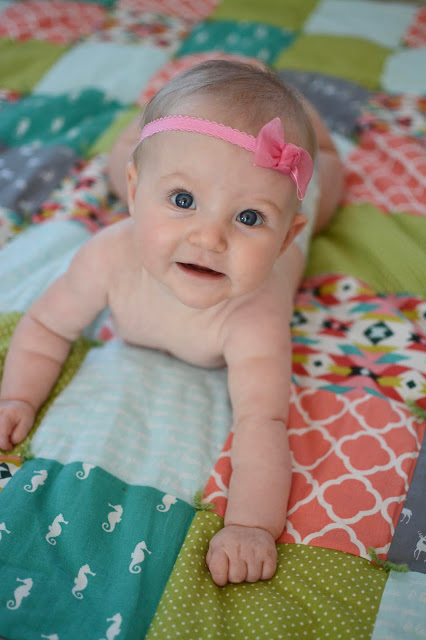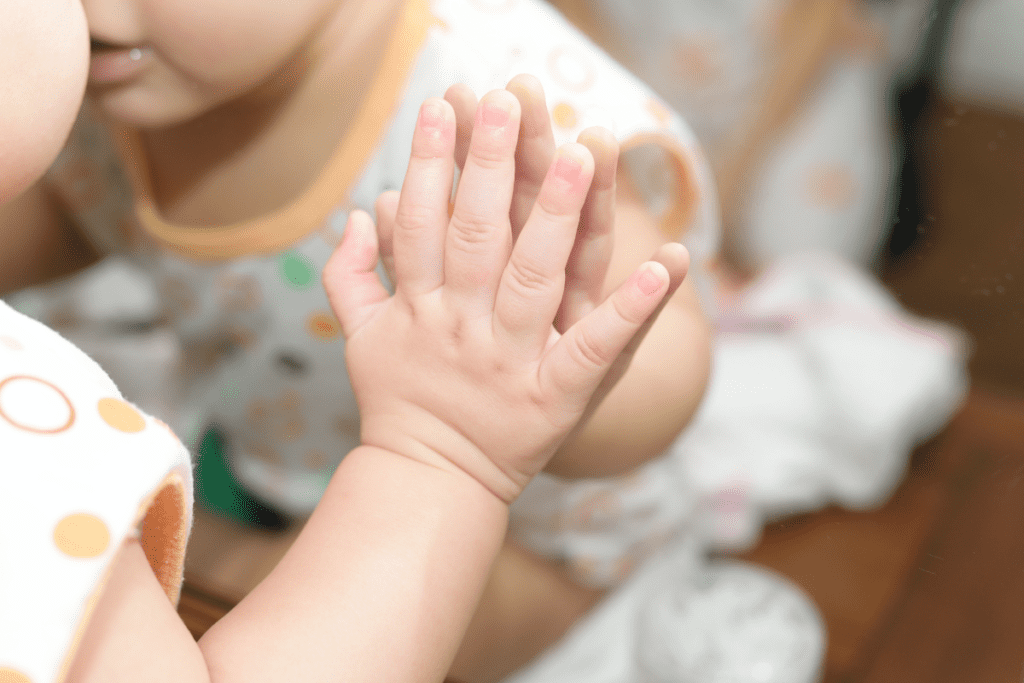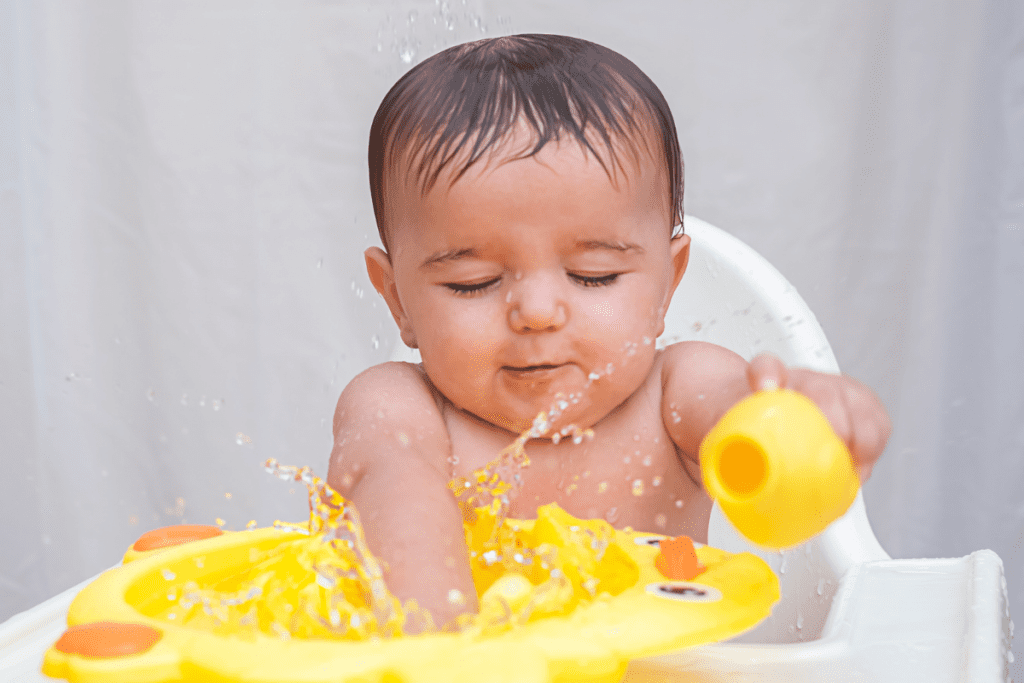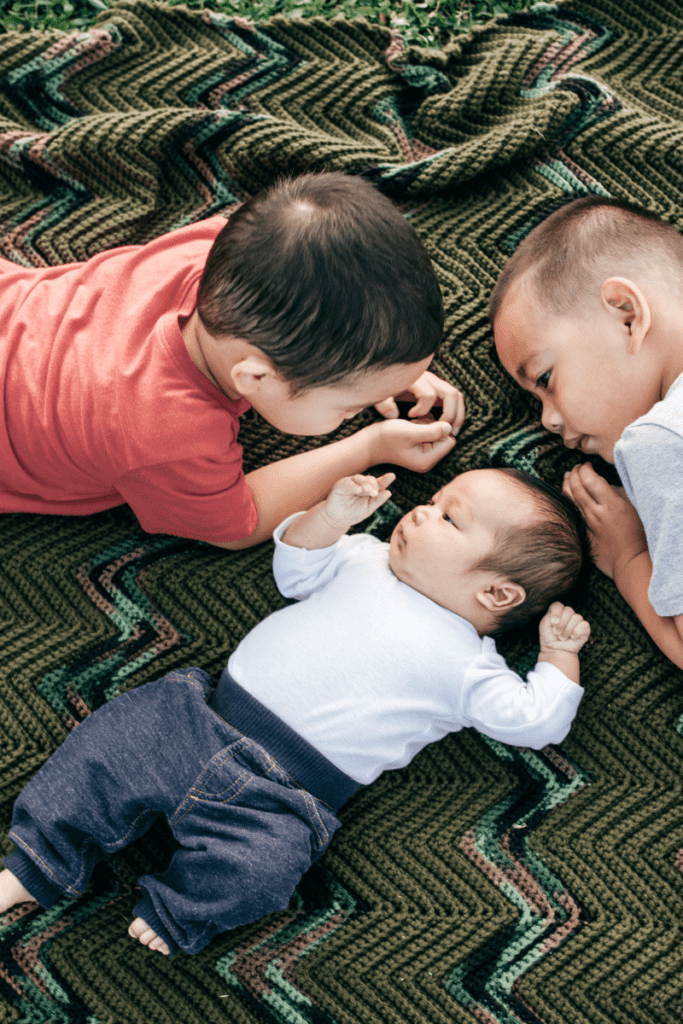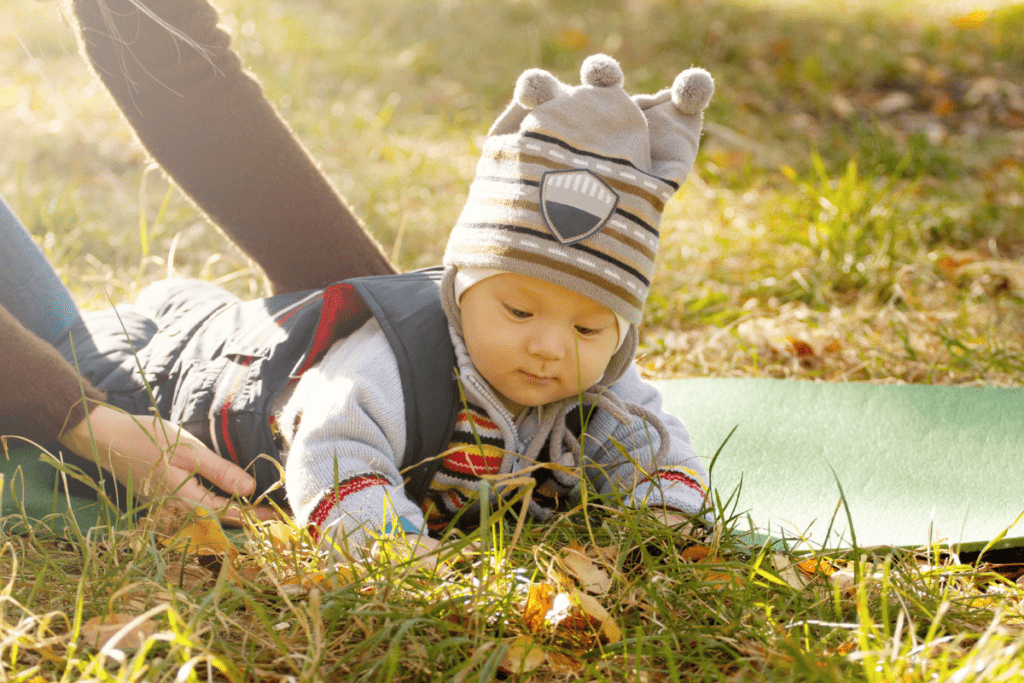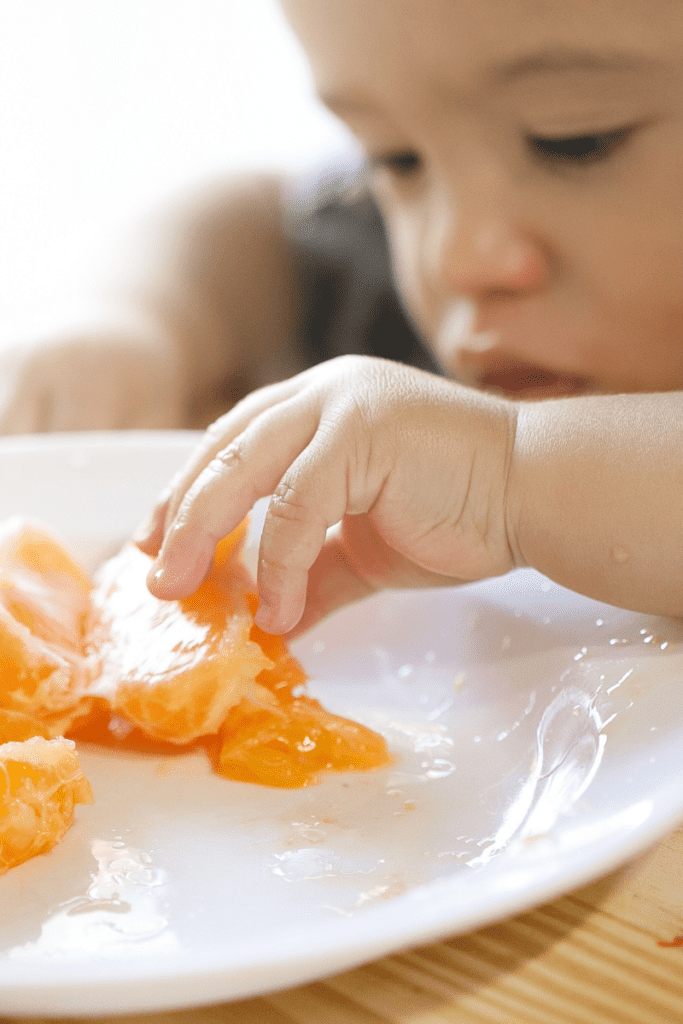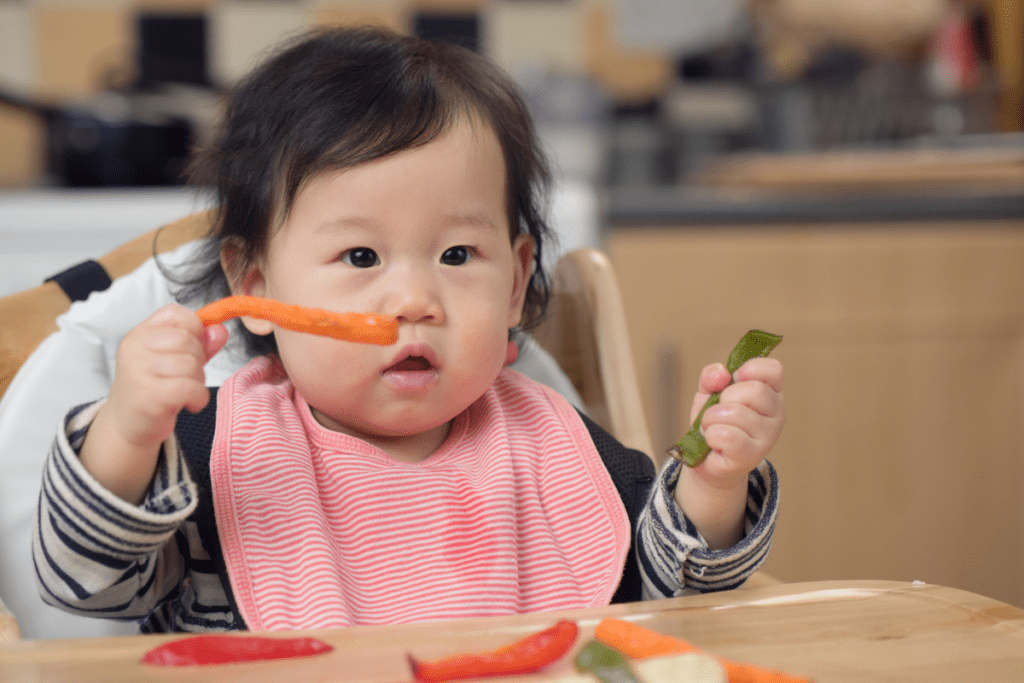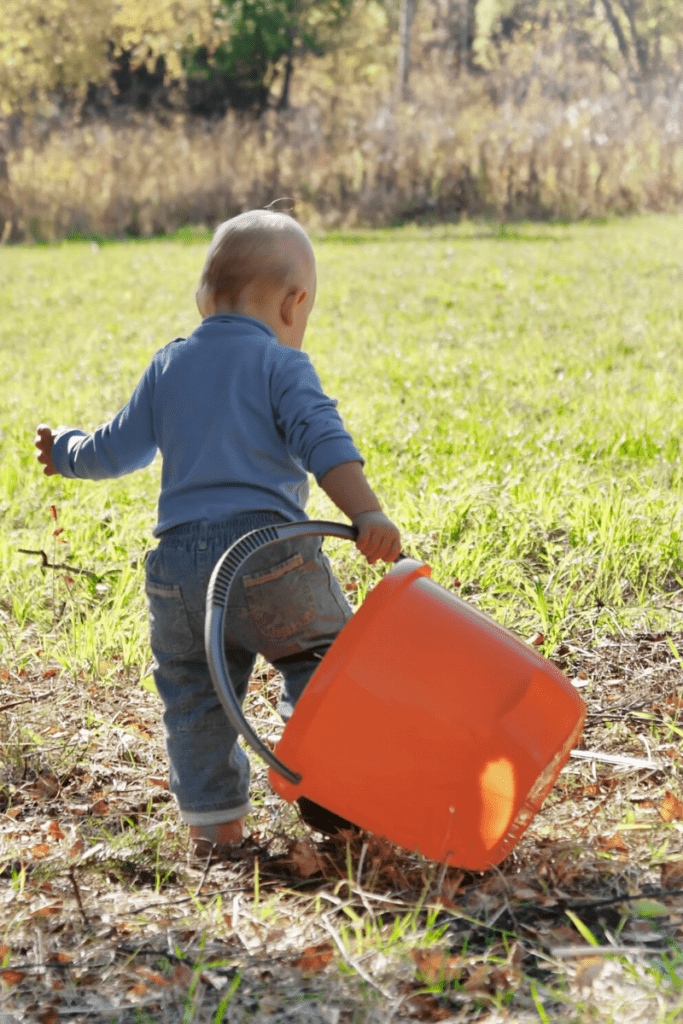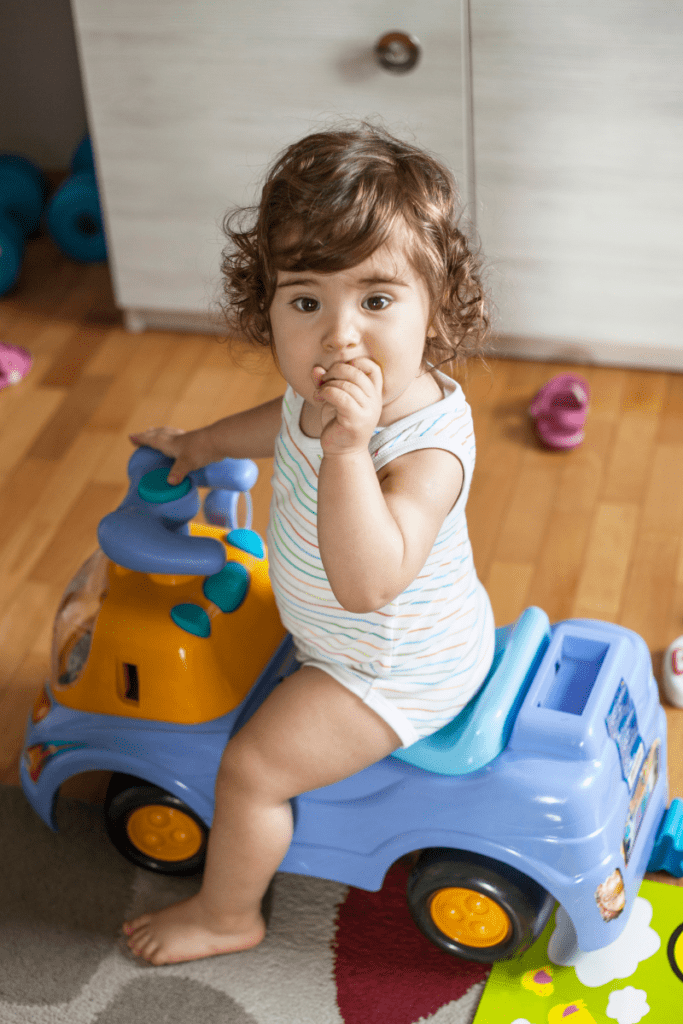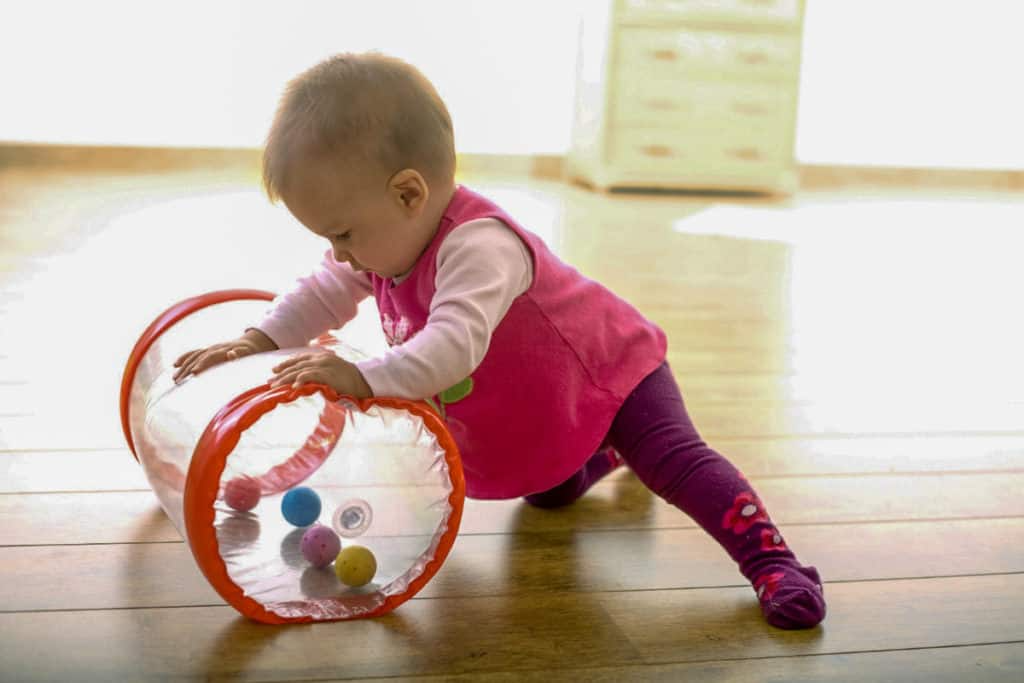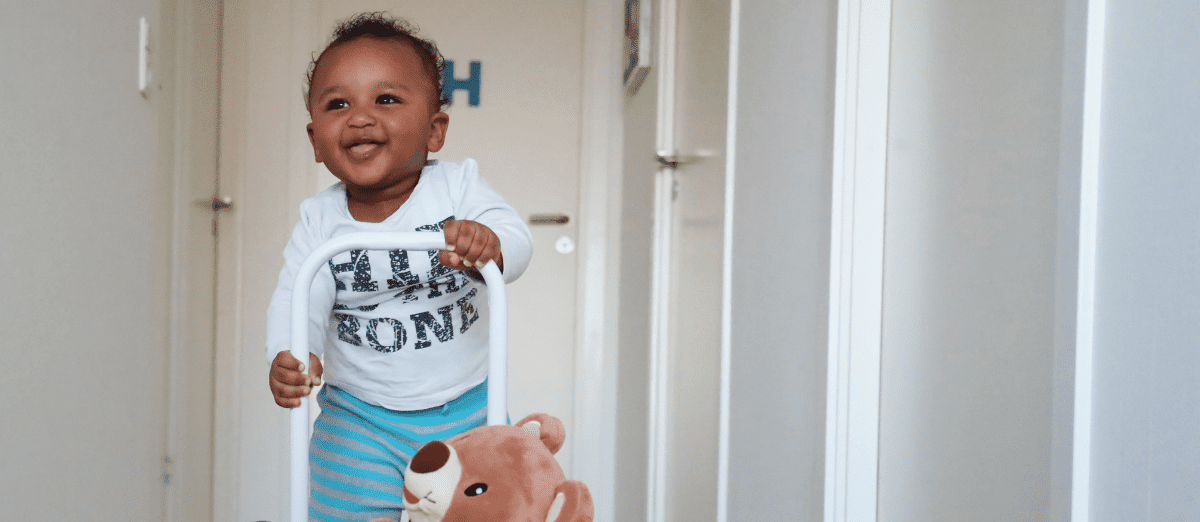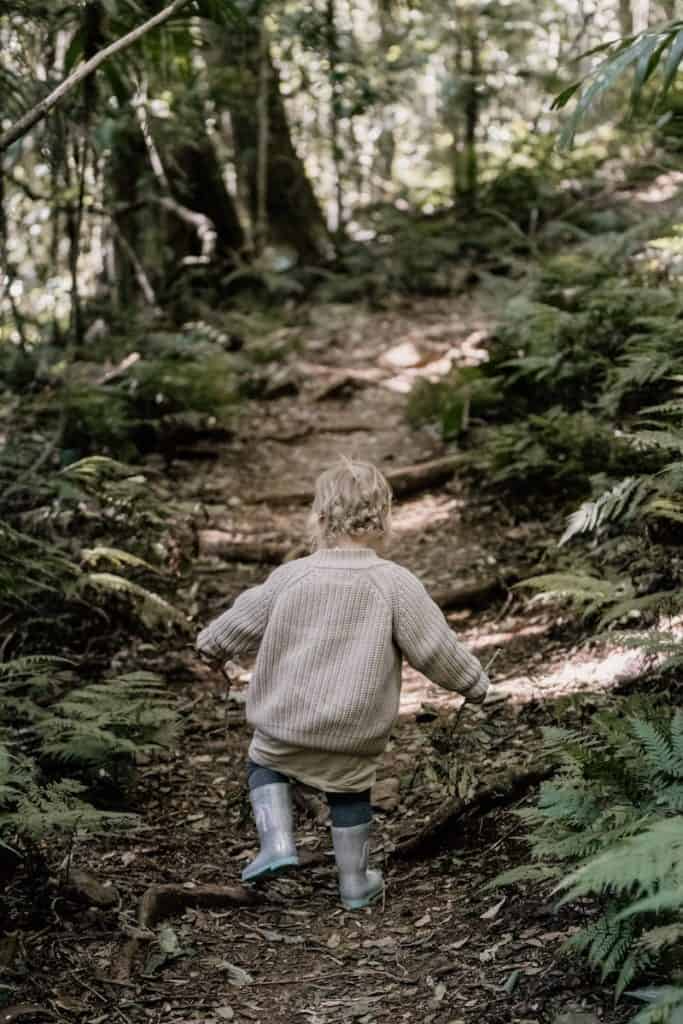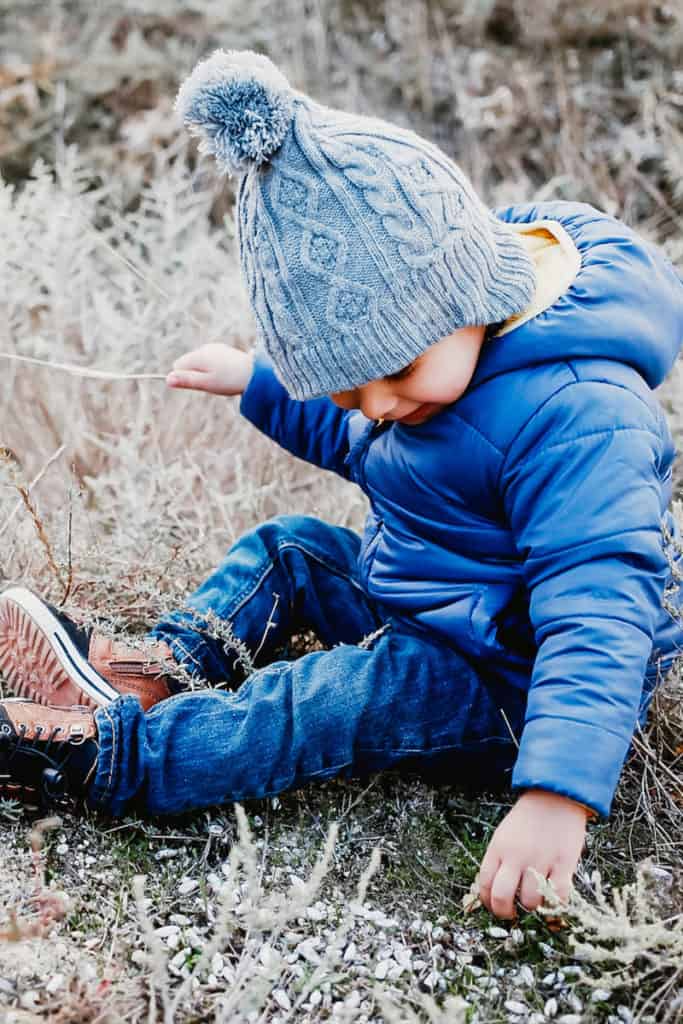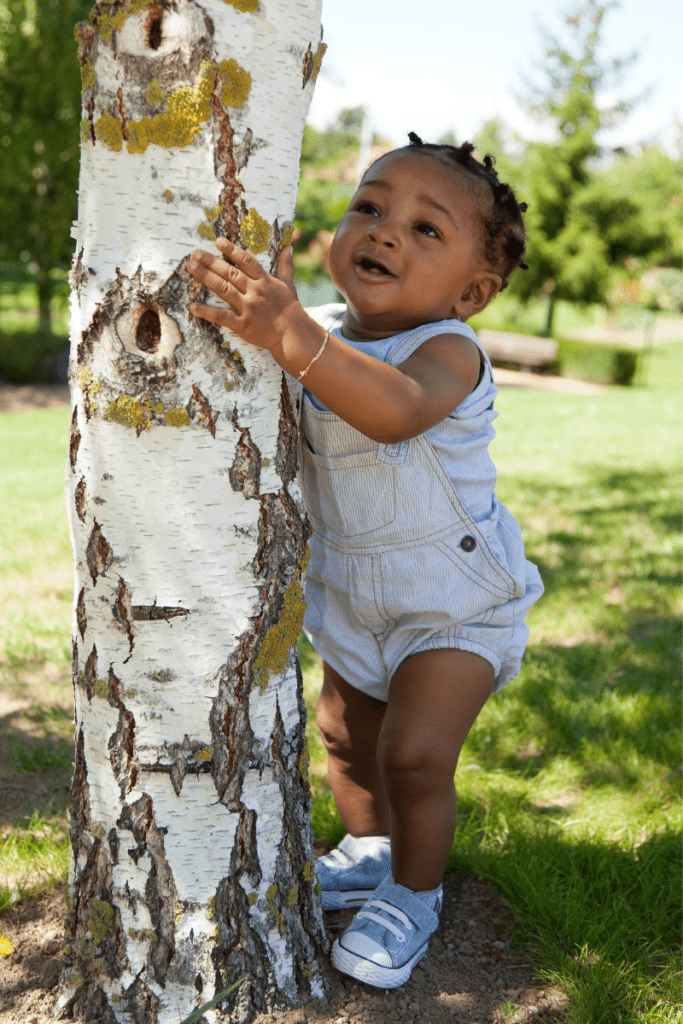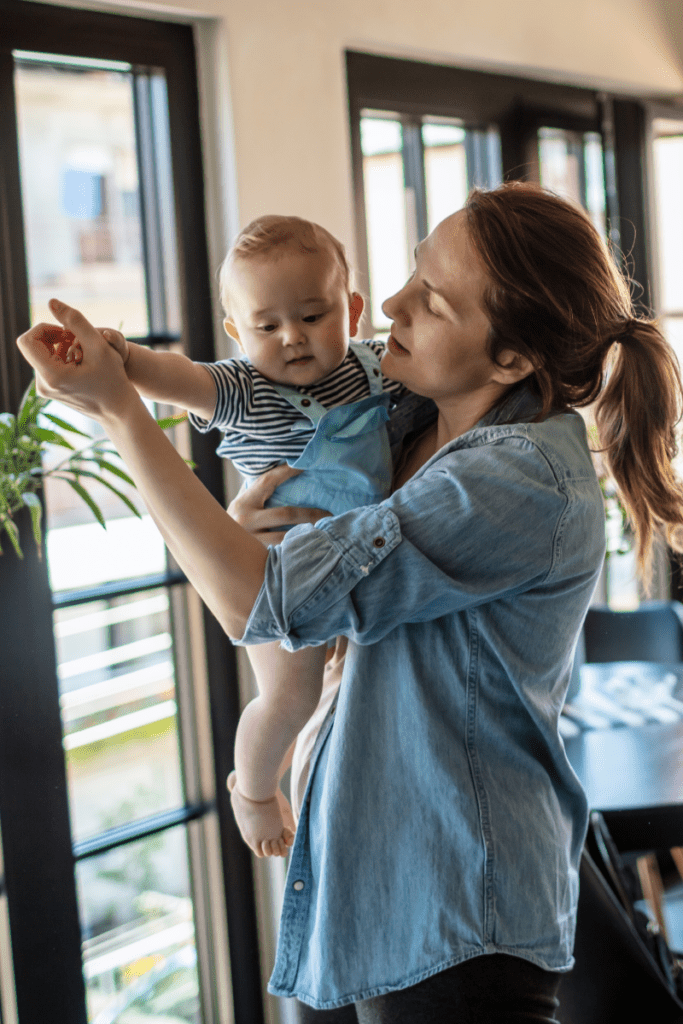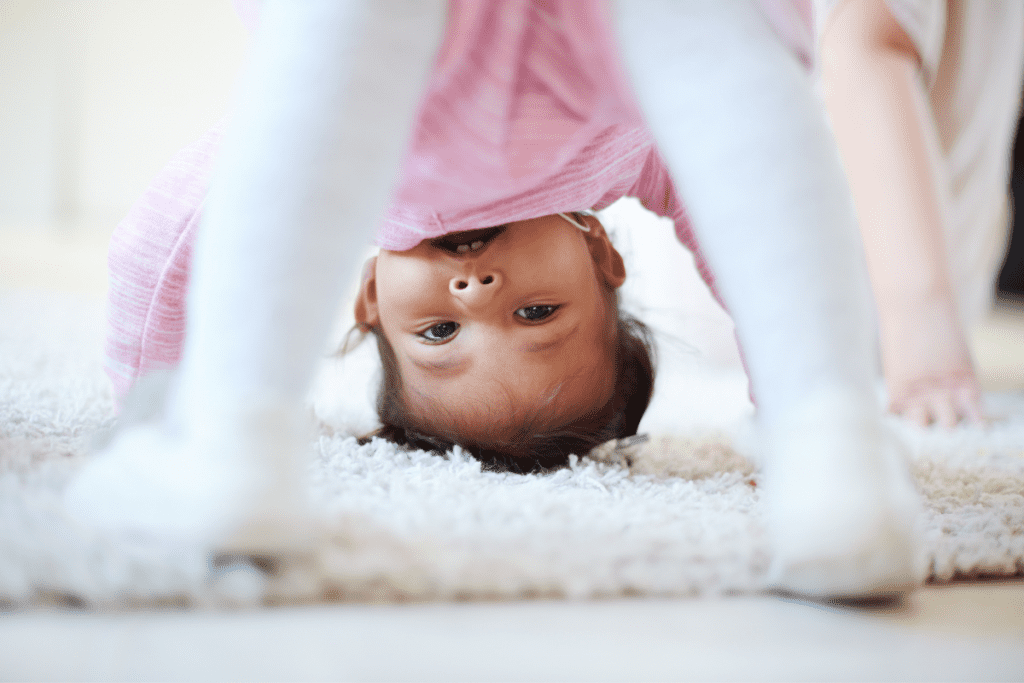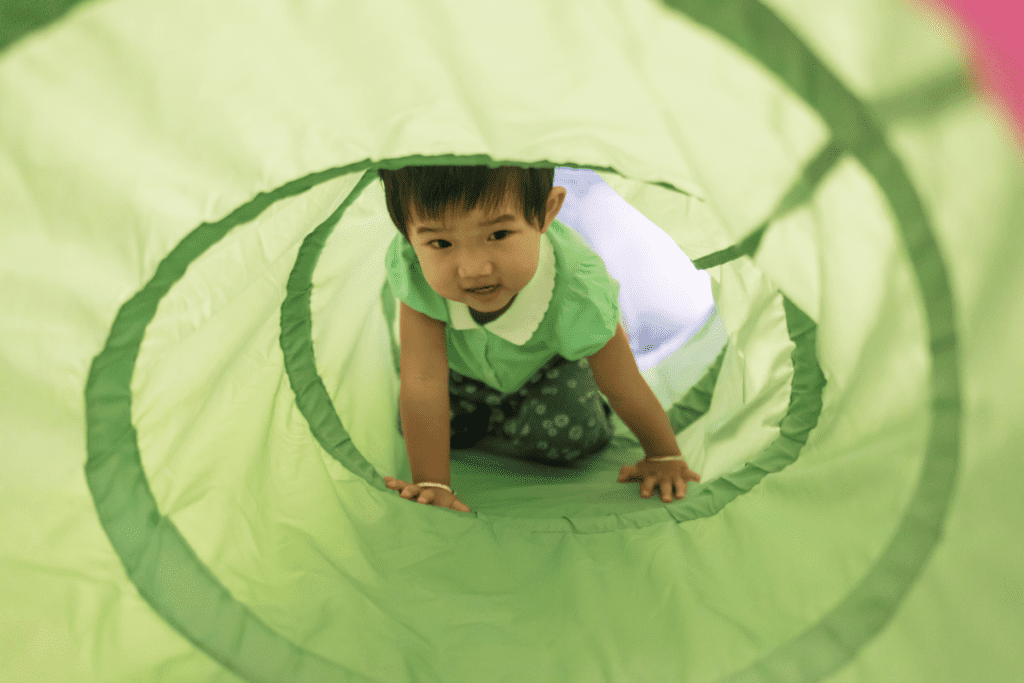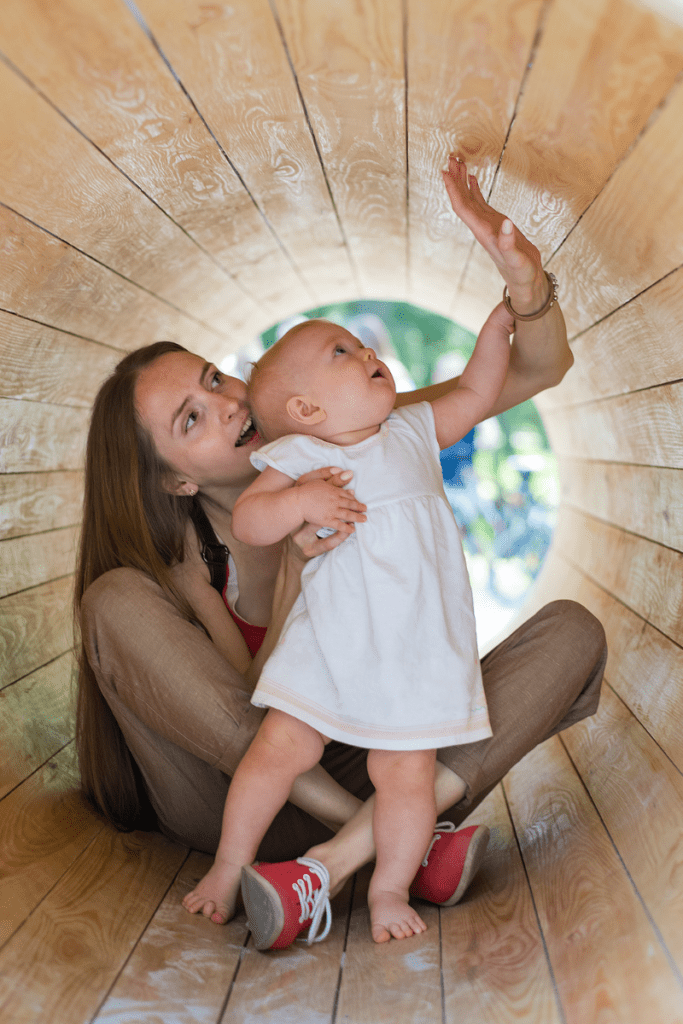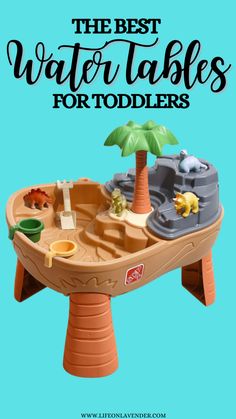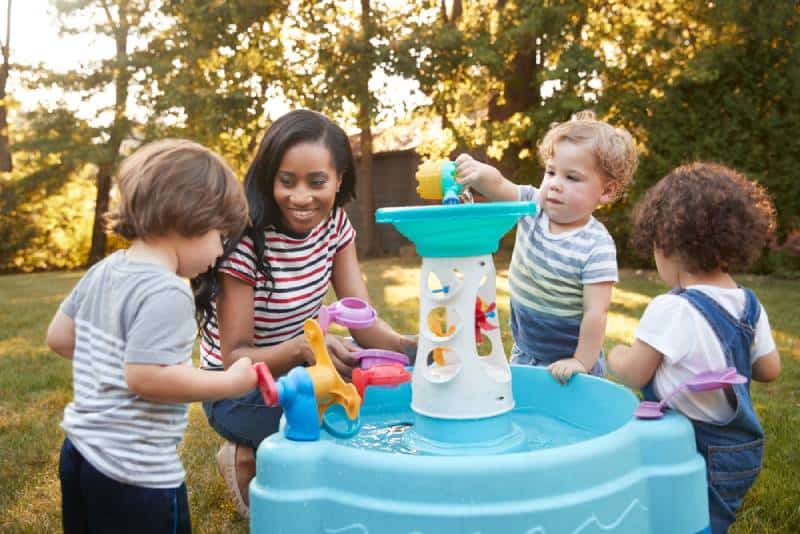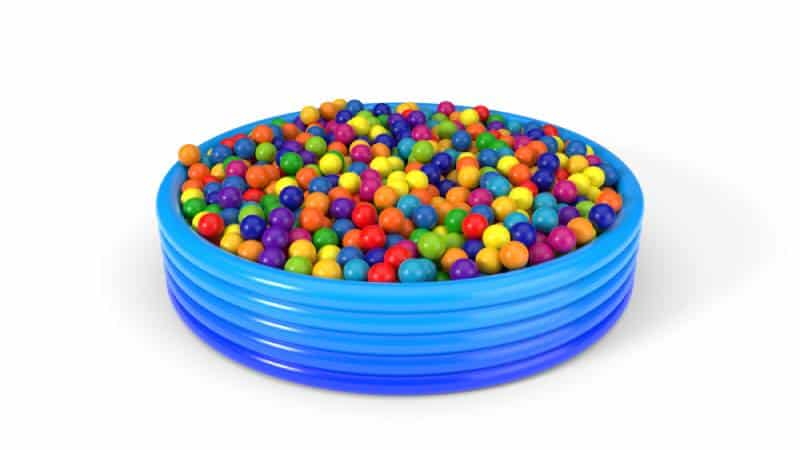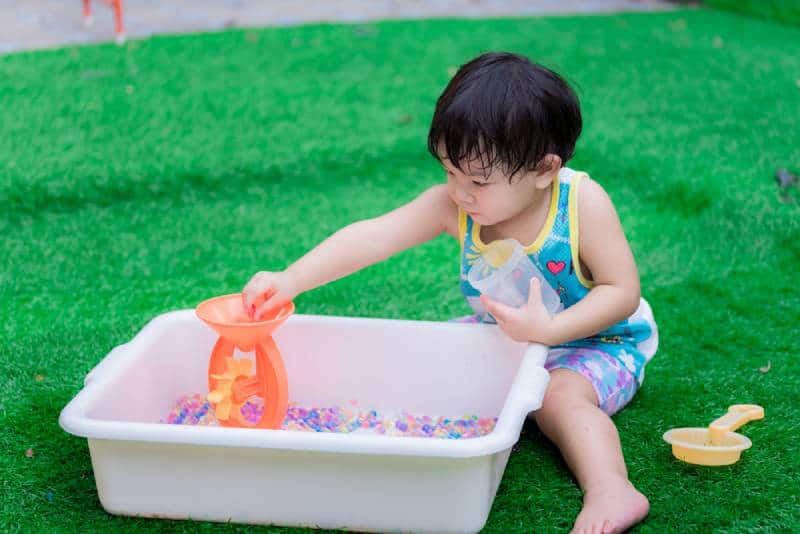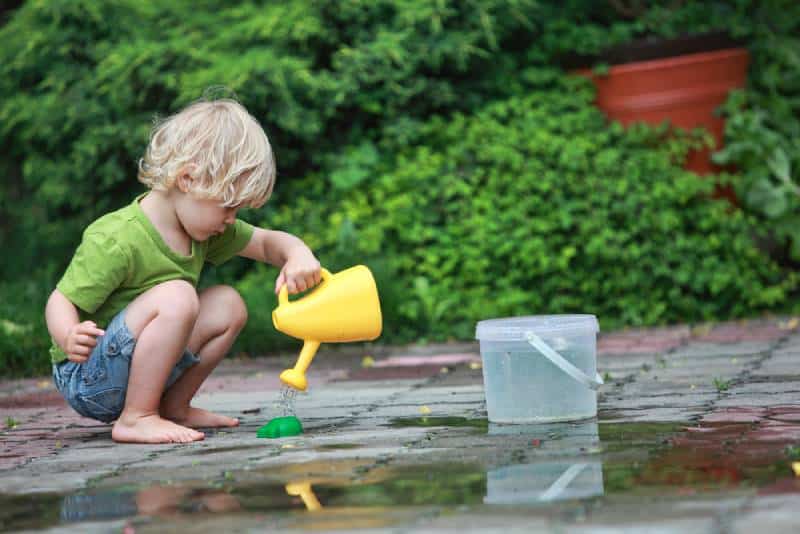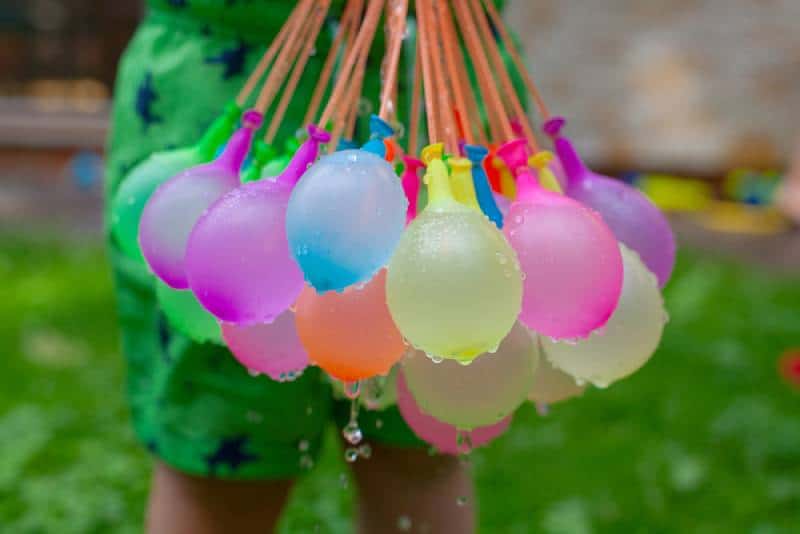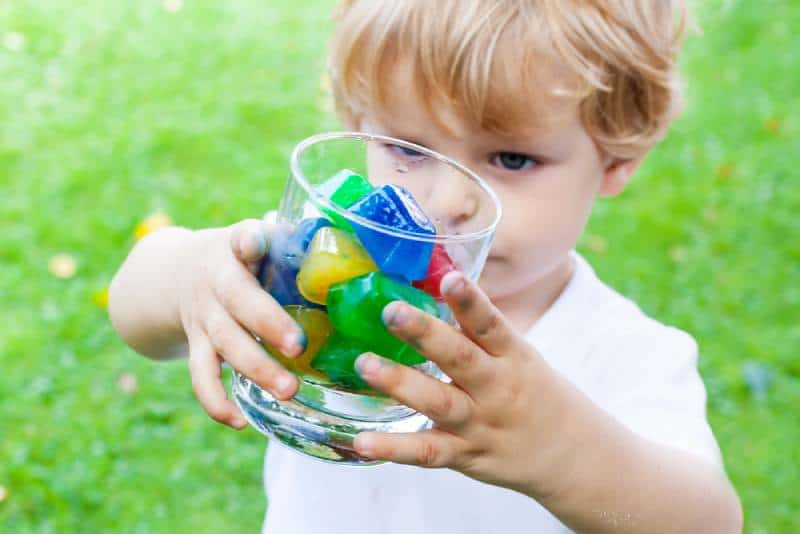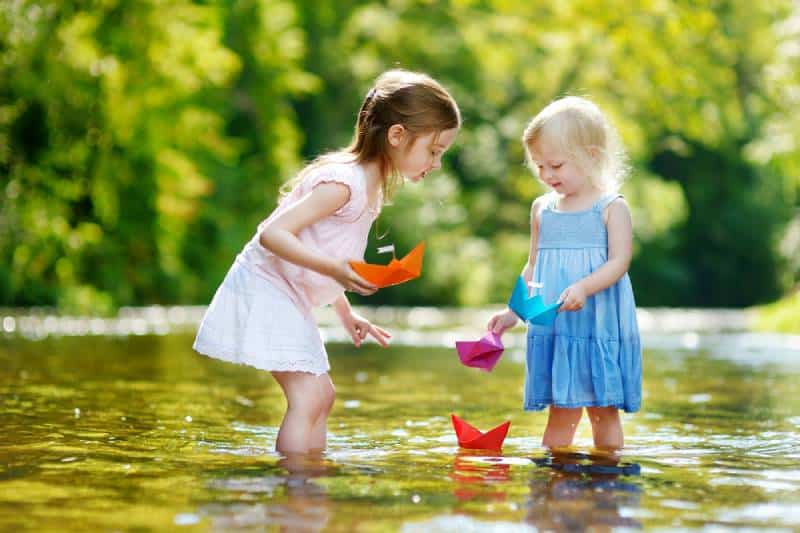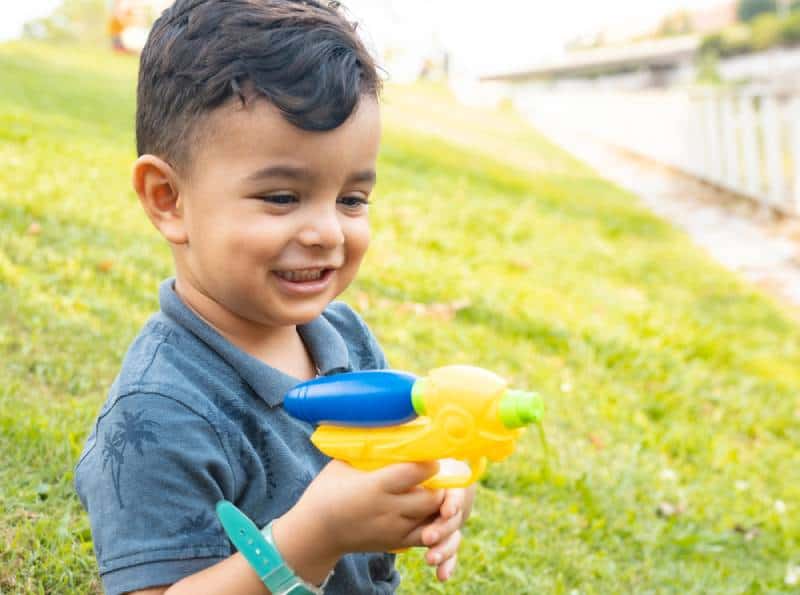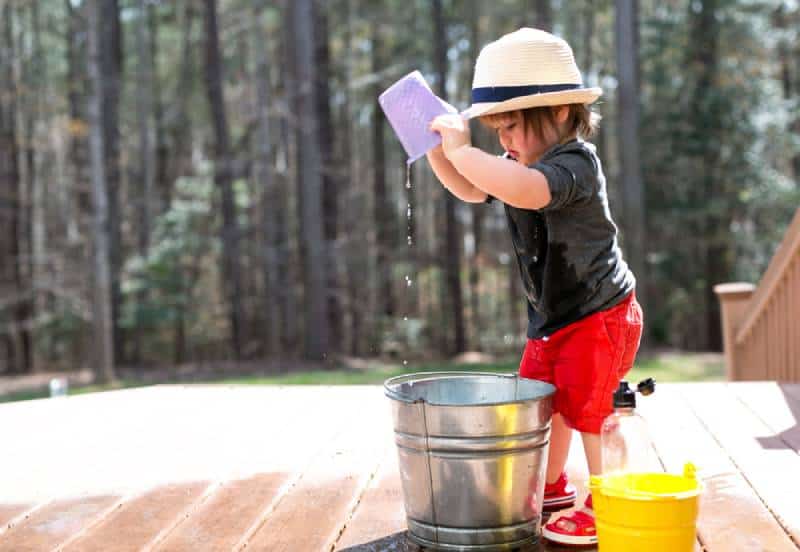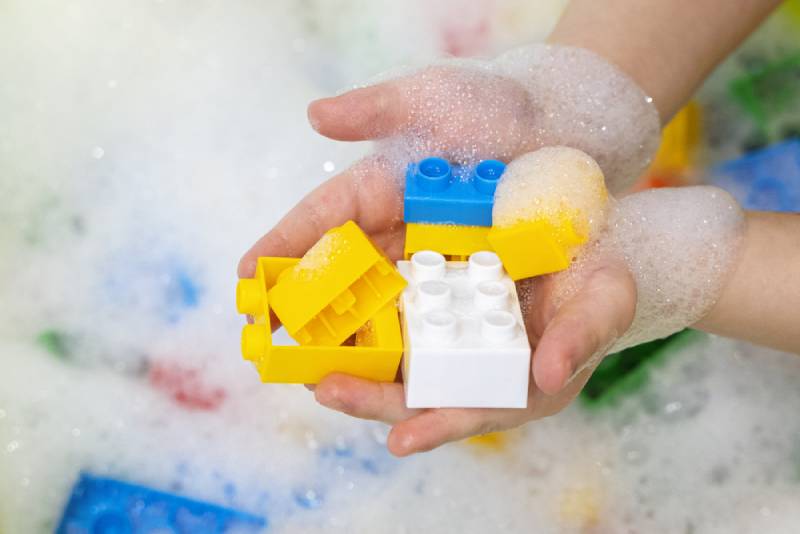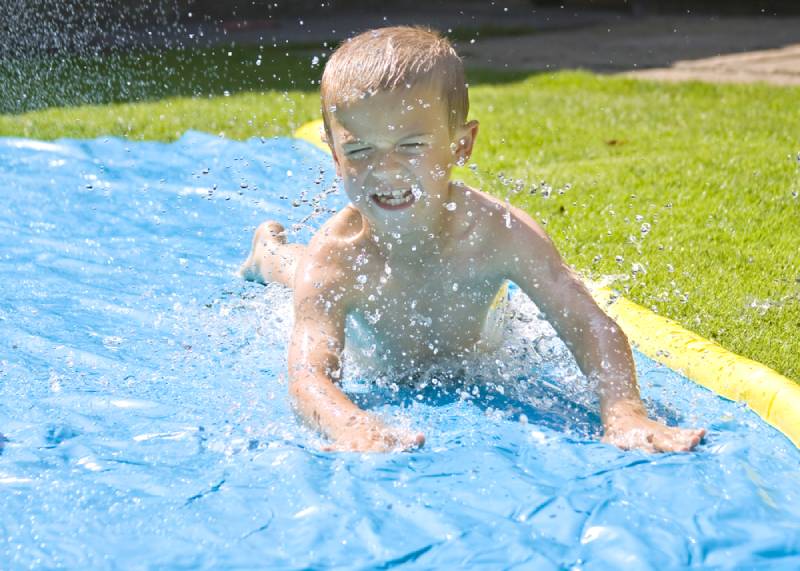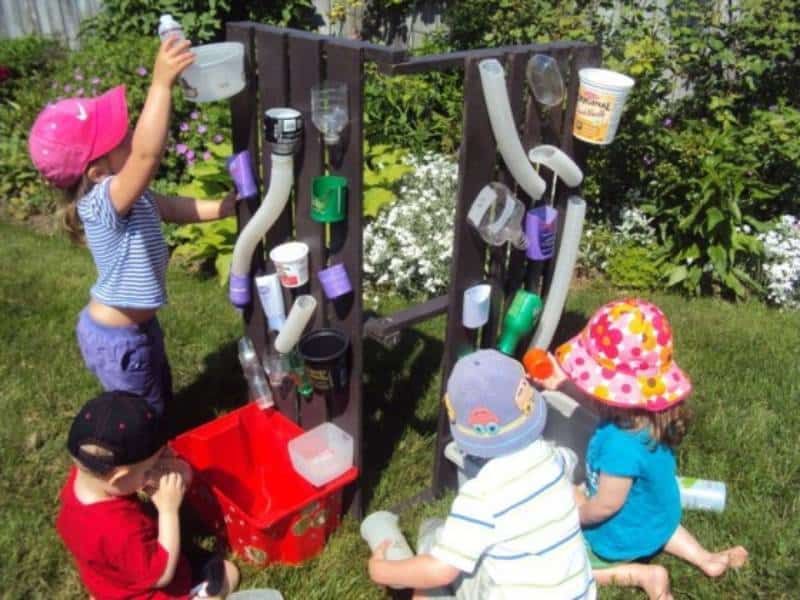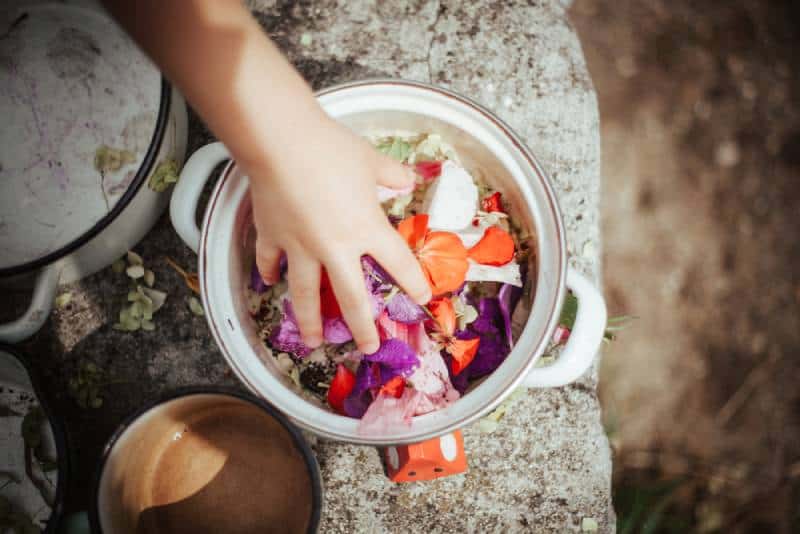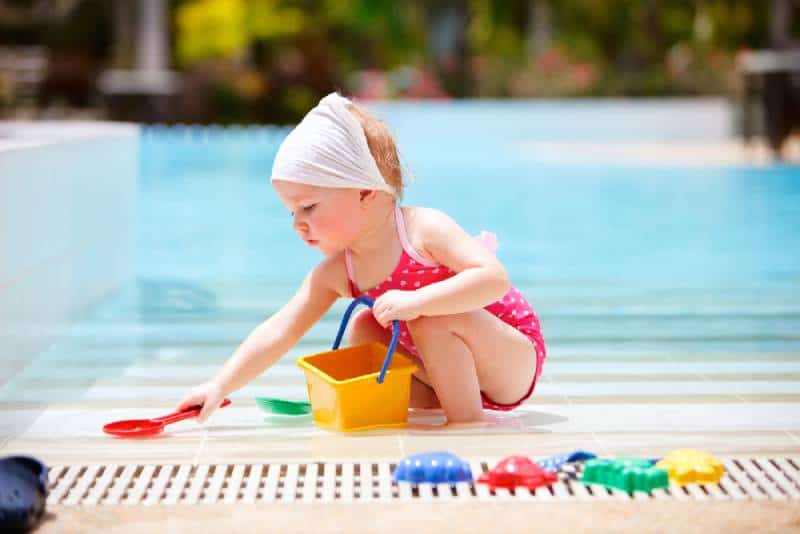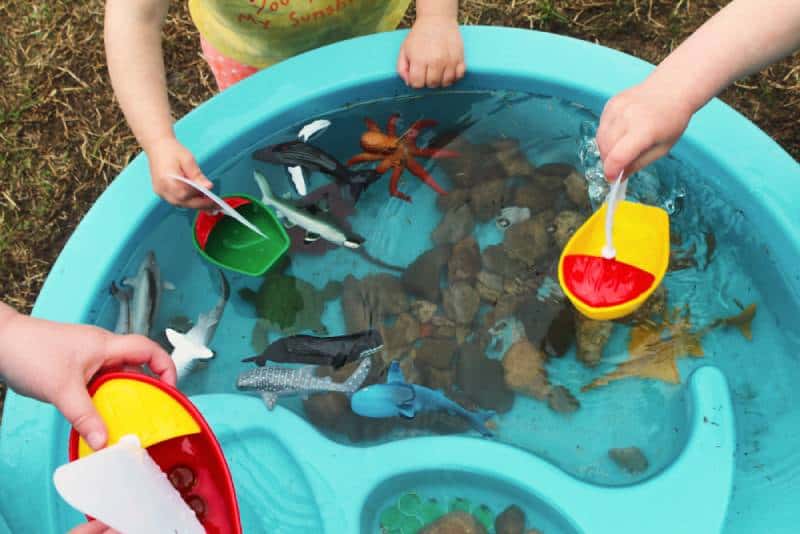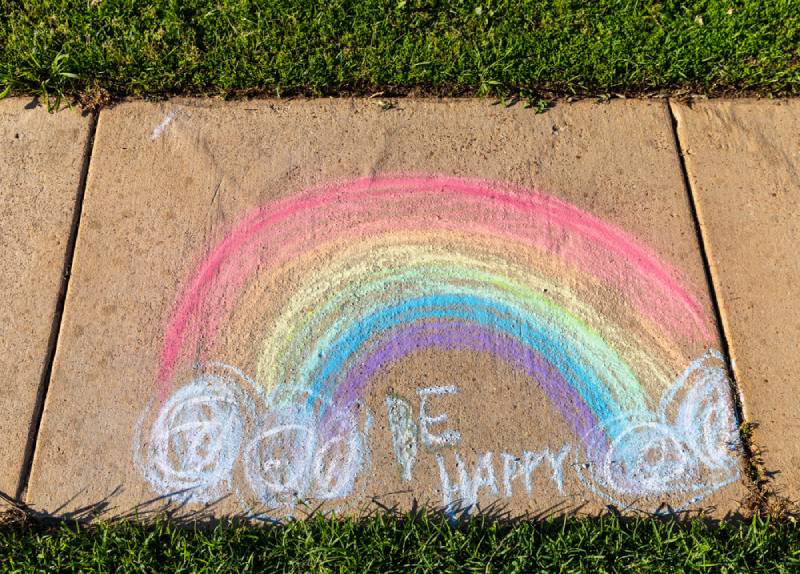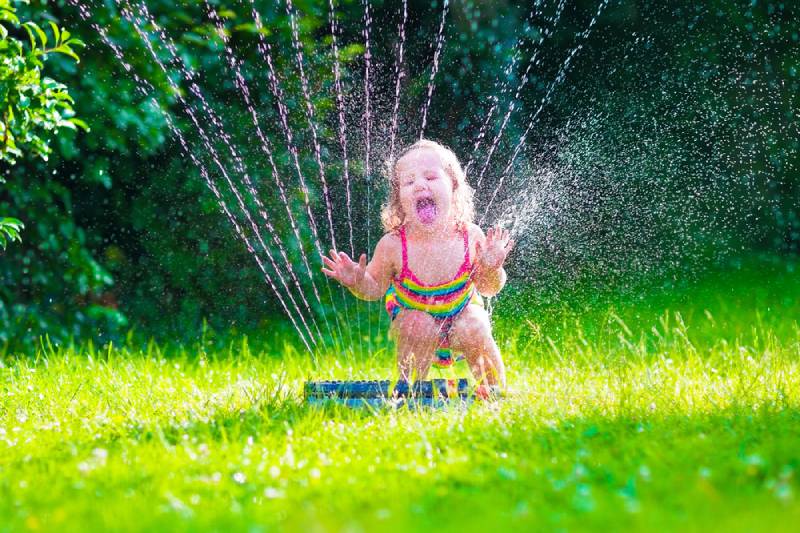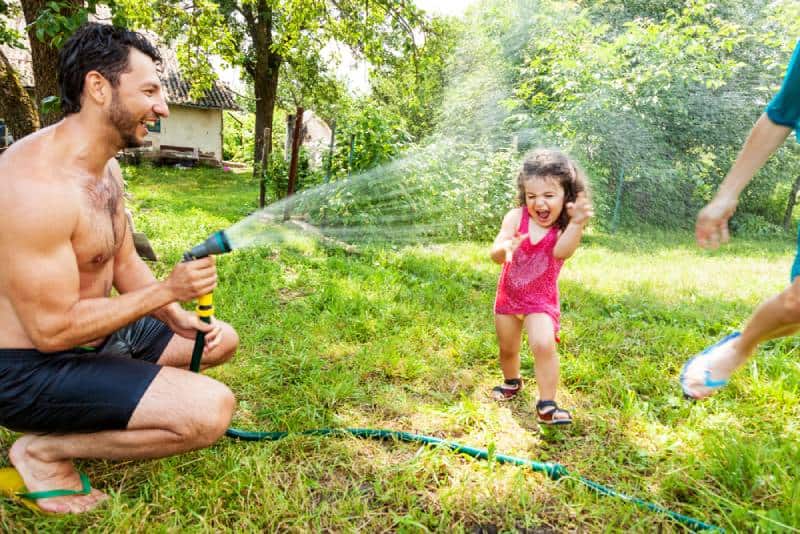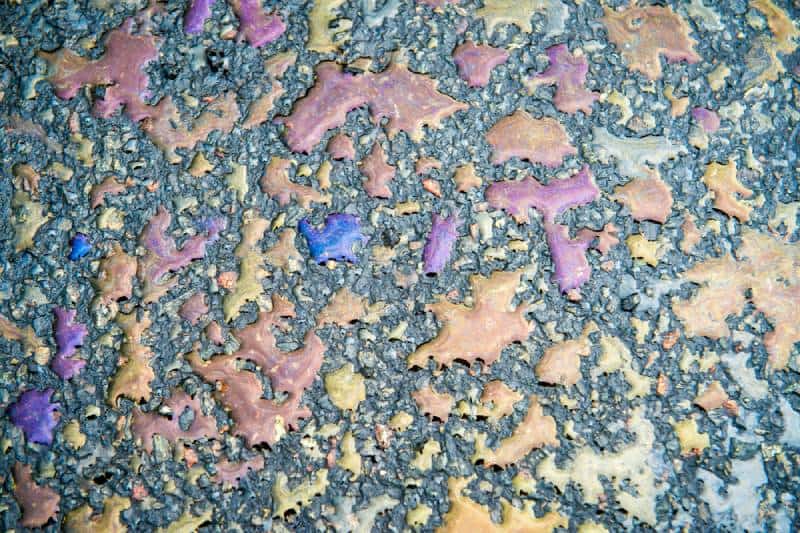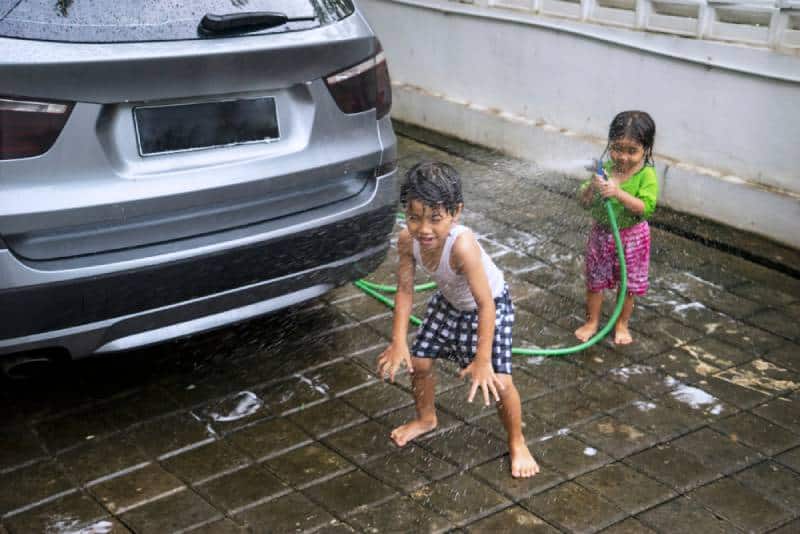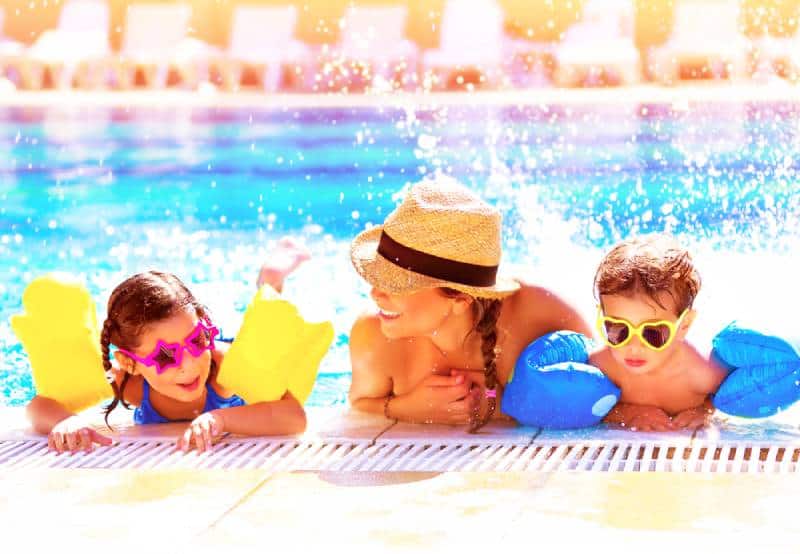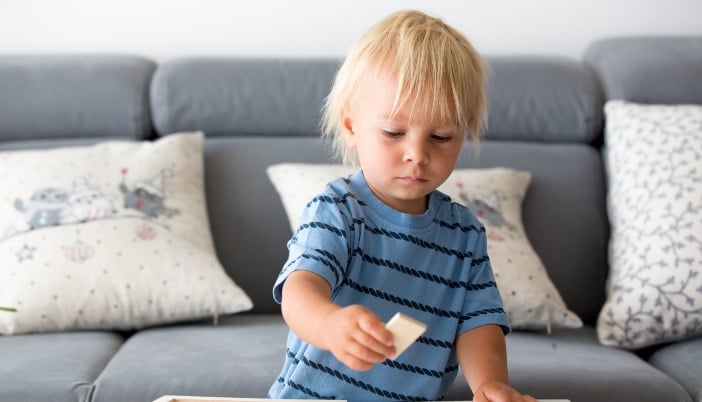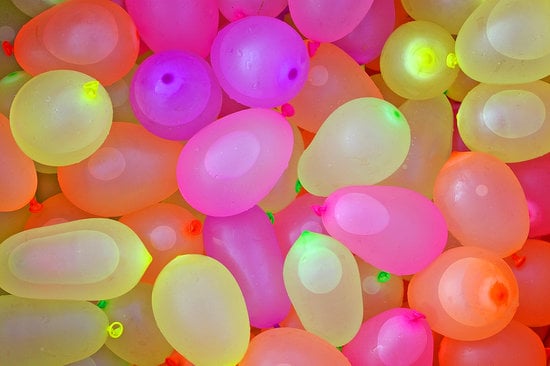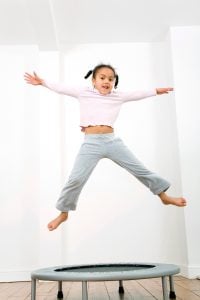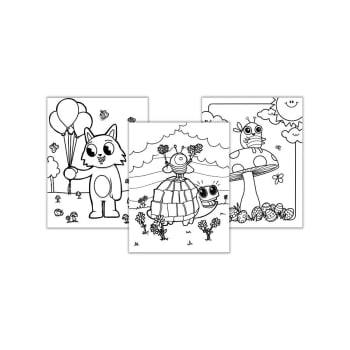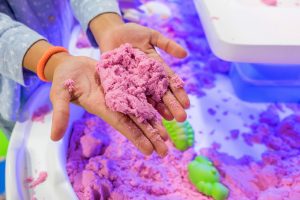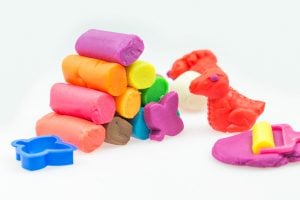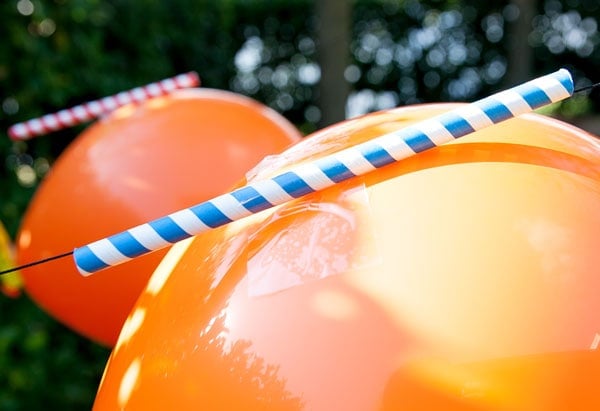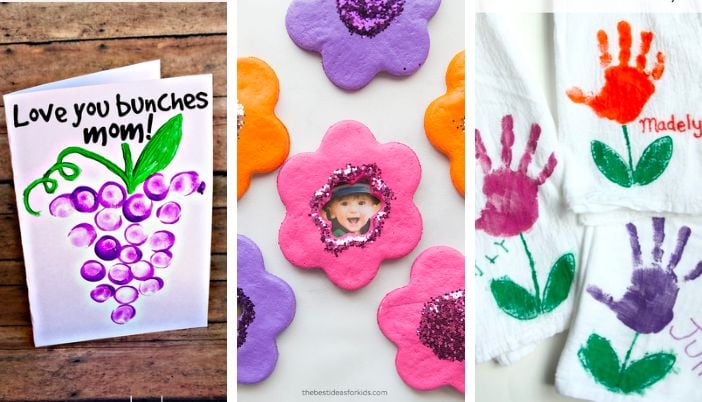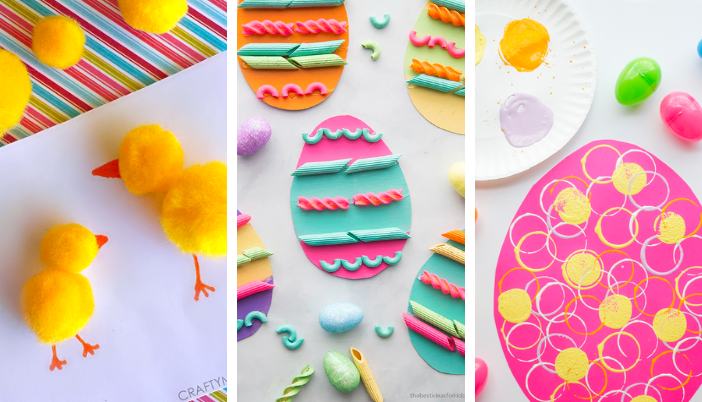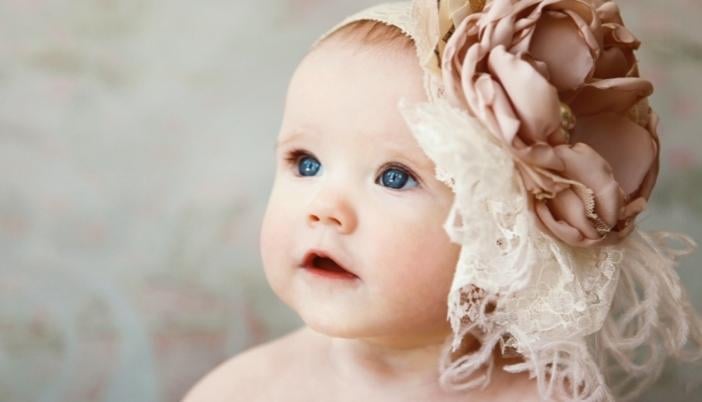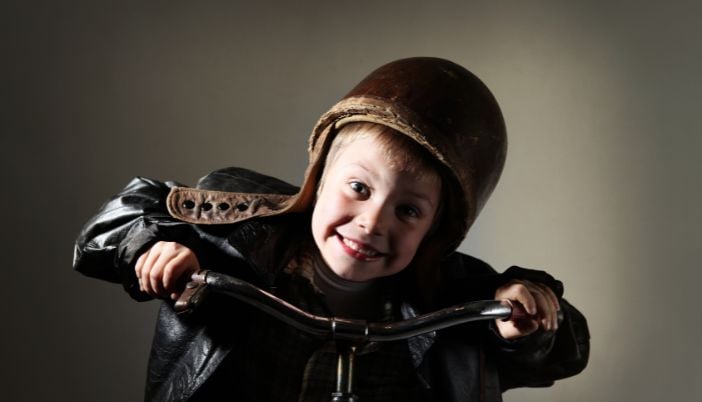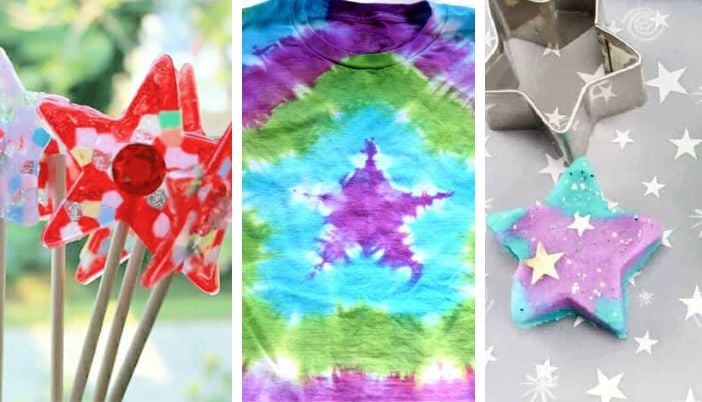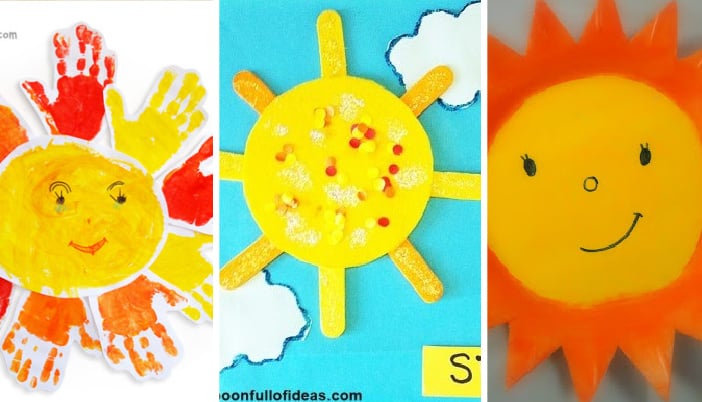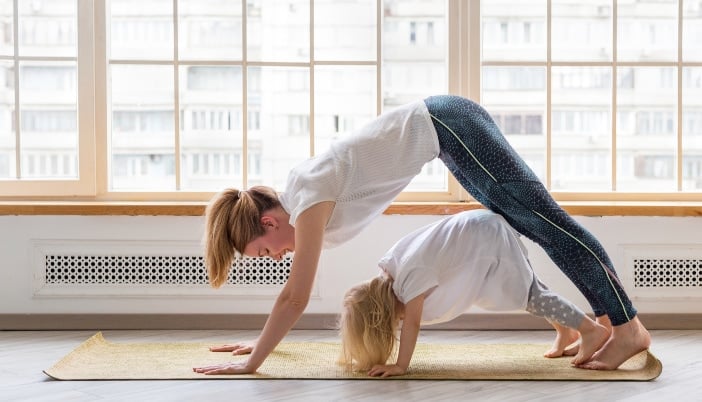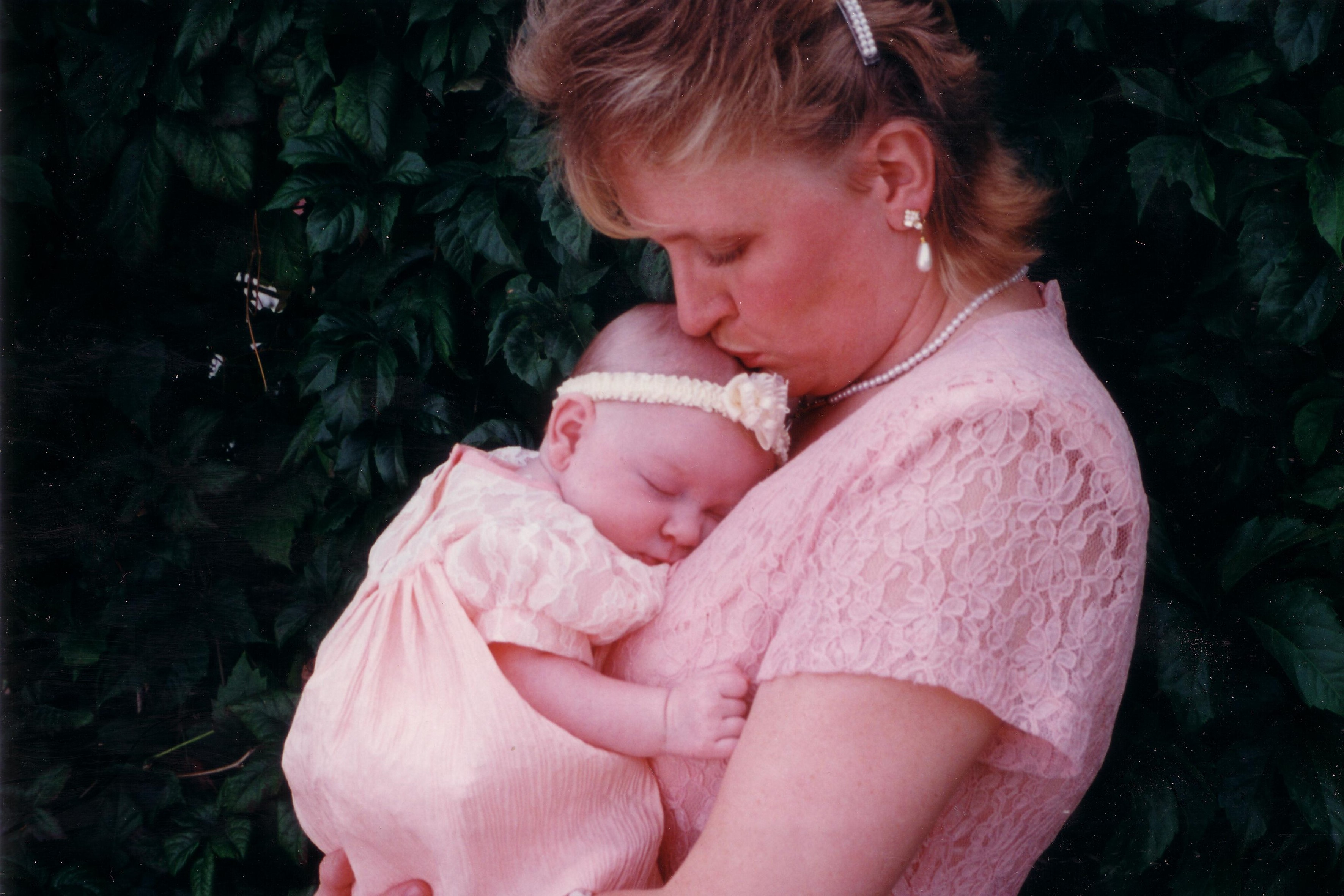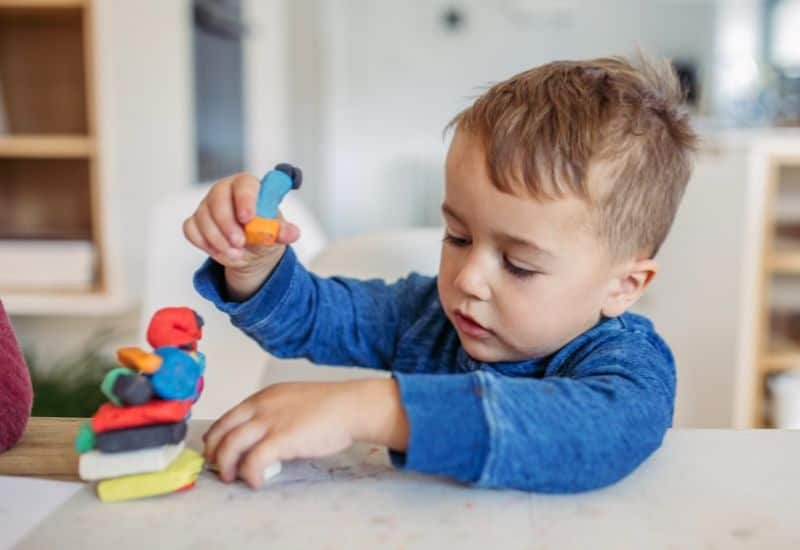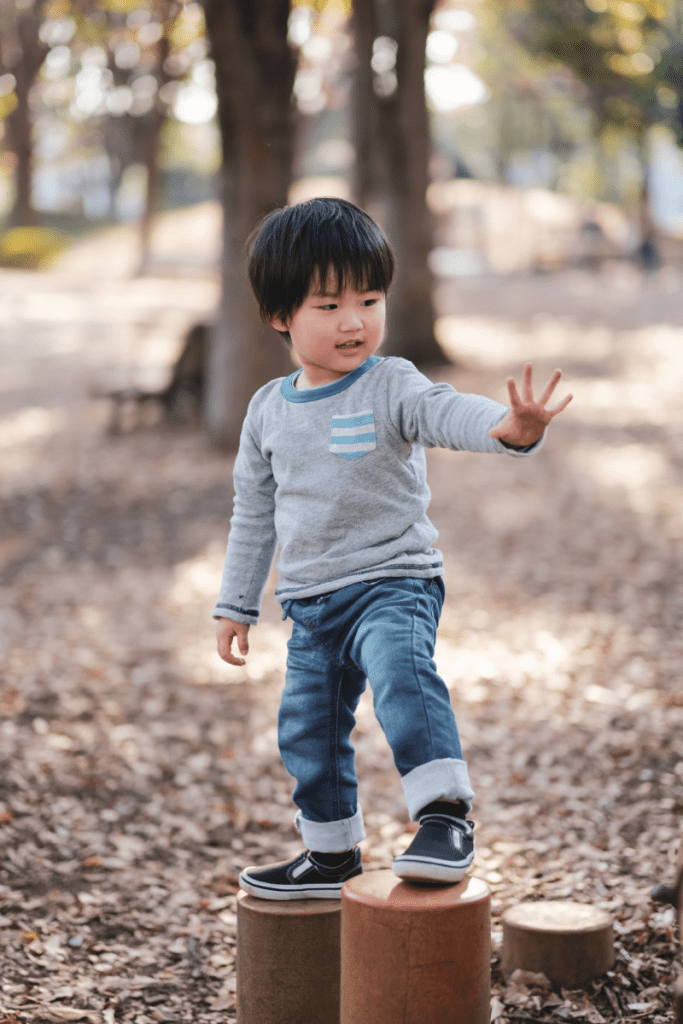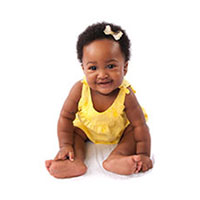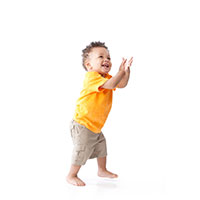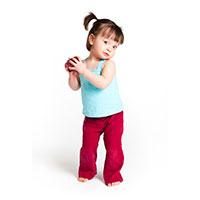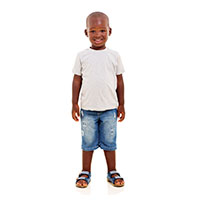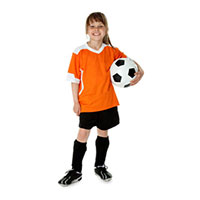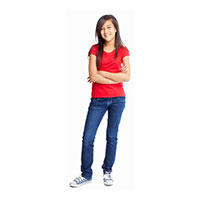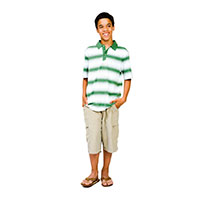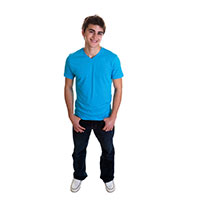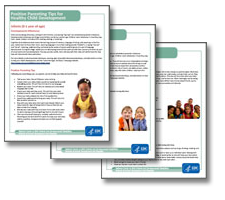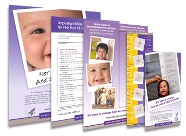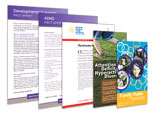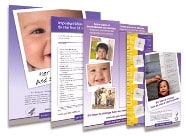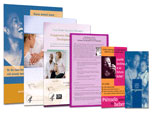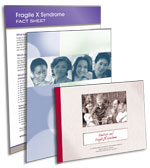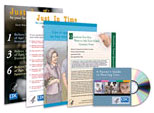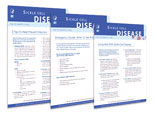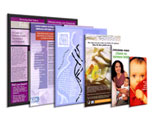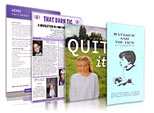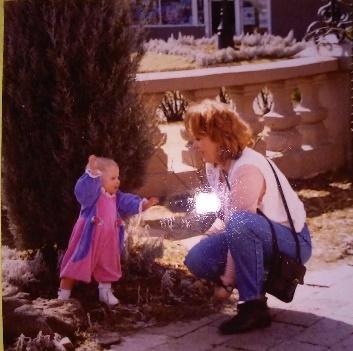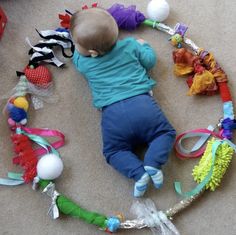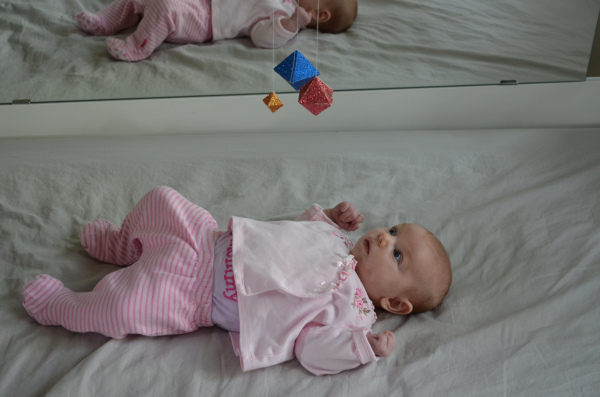Ton's of Fun Activities For Infant and Toddlers
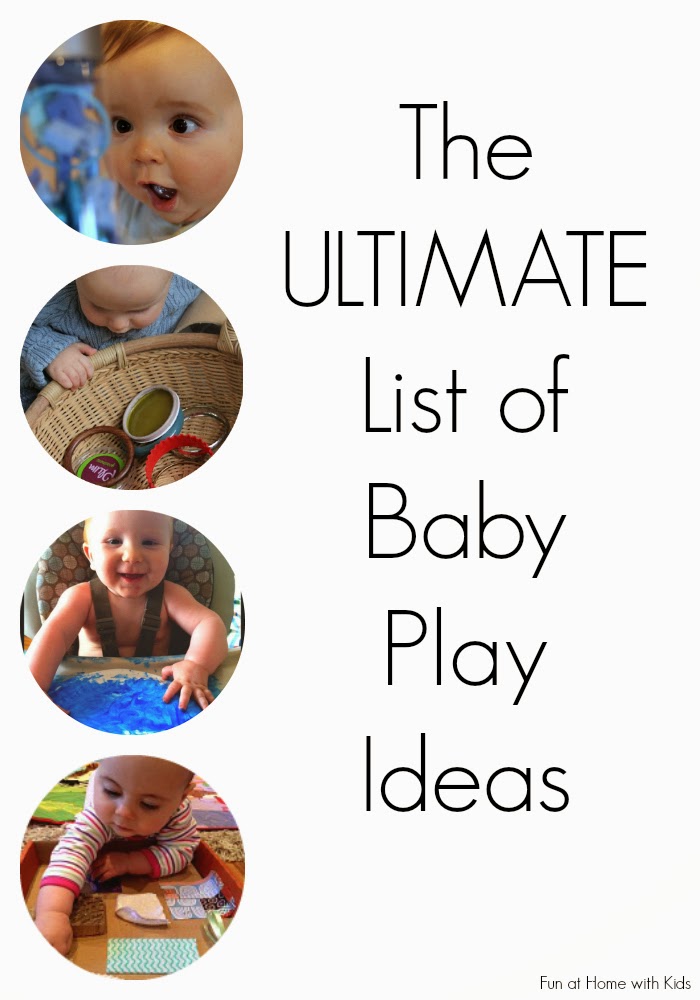
I thought it would be easier for you to have a ton of fabulous and fun baby play ideas together and in one spot - Activities for Babies below. (These appear in random order.)

5 Ideas to Play, Craft & Bond with Baby
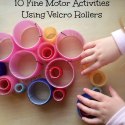
Fine Motor Skills Play With Using Velcro Ro
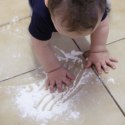
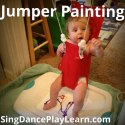
Jumper Painting: An Art Activity for Babies
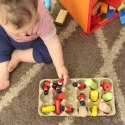
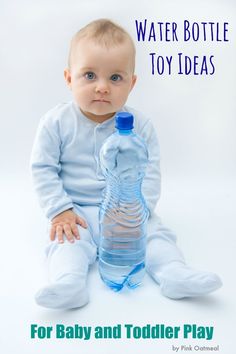
Water Bottle Toys For Babies and Toddlers | Pink O

Baby Sign Language | Racheous - Lovable Learning
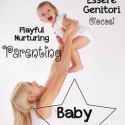
Baby Play - Fun, educational ideas for under 1's
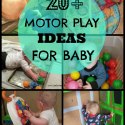
20 Motor Play Ideas For Baby | Pink Oatmeal

Montessori-Inspired Mini Discovery Boxes
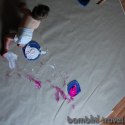
Big Paper Paint | Bambini Travel
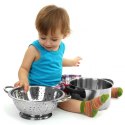
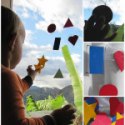
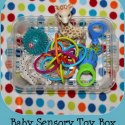
Play and Learn Everyday: Baby Sensory Toy Box
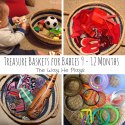
Treasure Baskets for Babies aged 9-12 Months
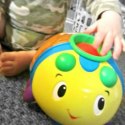
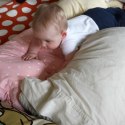
Gross Motor Crawl - Pink Oatmeal
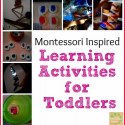
Montessori InspiredActivities for Toddlers
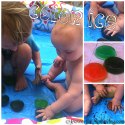

Feet Painting | Bambini Travel

Our all-time favorite household baby toys
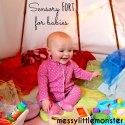
Sensory Fort for Babies: Messy Little Monster
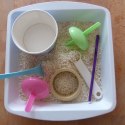
Mama Bee Simple: Indoor Sensory Play
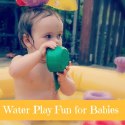
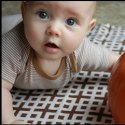
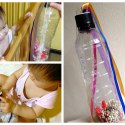
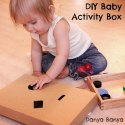
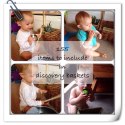
150 Items to include in your discovery basket |
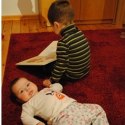
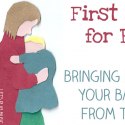
Sing To Your Baby - Songs for 0 - 6 months
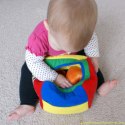
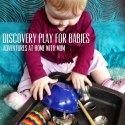
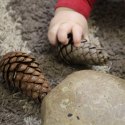

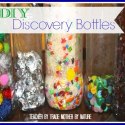
DIY: Discover Bottles for Babies
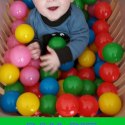
Ball Pit Play Ideas - Pink Oatmeal
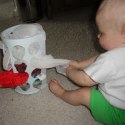
Scarf Pull - Homemade Baby Game
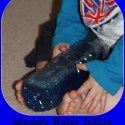
Play and Learn Everyday: Sensory Water Bottle
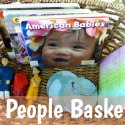

10 Ways for Dad and Baby to Bond
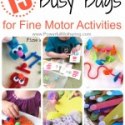
Busy Bags for Fine Motor Activities
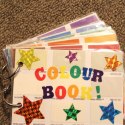
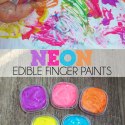
Neon Edible Finger Paint | I Heart Arts n Crafts

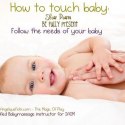

Messy Little Monster: Firework Sensory Bottle
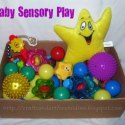
Sensory Exploration Bin for Baby

Baby Handprint Keepsake with Free Poem
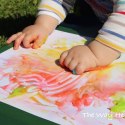
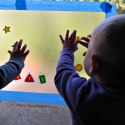
Sticky Window Play with Buttons
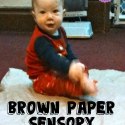
Super Simple Brown Paper Sensory Activity
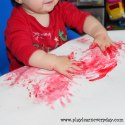
Play & Learn Everyday: Baby Valentine's Day Cards
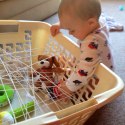
Spider’s Web discovery basket | The Train Driver's
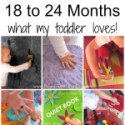
Activities for 18 to 24 Months
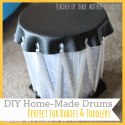
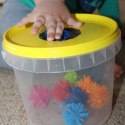
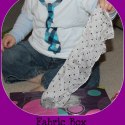
Play and Learn Everyday: Fabric Box
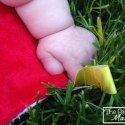
How to Make a Sensory Taggie Toy - with noise!
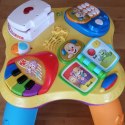
Fun Ways To Use An Activity Table For Baby

Mommy and Me Yoga: Baby Massage and Stretch
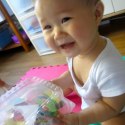
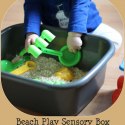
Play and Learn Everyday: Beach Play Sensory Box
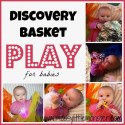
Playing with a discovery basket
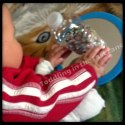
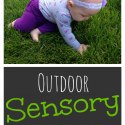
Outdoor Sensory Play - TONS OF IDEAS
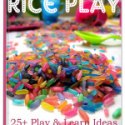
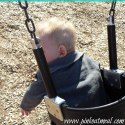
5 Easy Things To Do With Your Baby At The Park
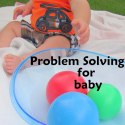
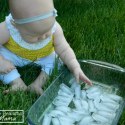
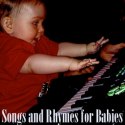
Songs and Rhymes for Babies - SingDancePlayLearn

Loving Care for Bonding with Baby!
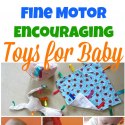
Fine Motor Encouraging Toys for Baby
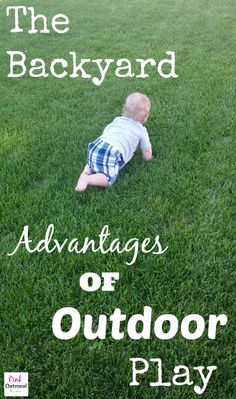
Exploring The Backyard - The Advantages Of Outdoor Play
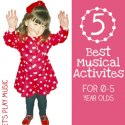
5 Best Music Activities for Kids aged 0-5!
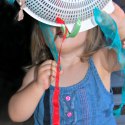
A Simple to Make DIY Toy for Toddlers
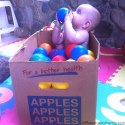
Cardboard Fun in a Box of Balls
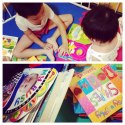
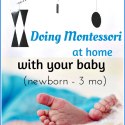
DOING MONTESSORI AT HOME WITH YOUR BABY
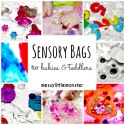
Messy Little Monster: How to make sensory bags for
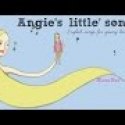
15 Baby Songs and play activities - YouTube
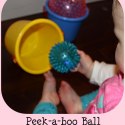
Play and Learn Everyday: Peek-a-boo Ball
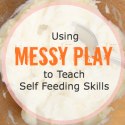
Using Messy Play to Teach Self Feeding Skills
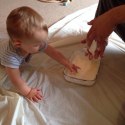
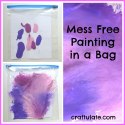
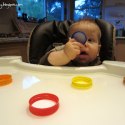
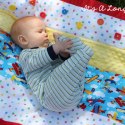
It's a Long Story: Homemade Sensory Play Mat
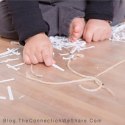
Sticky Play - Contact Paper Crafts for Toddlers
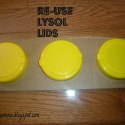
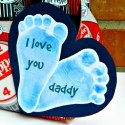
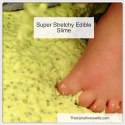
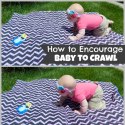
How to Encourage Baby to Crawl
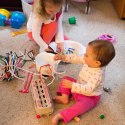
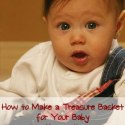
How to Make a Treasure Basket for Your Baby
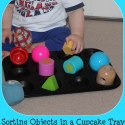
Play and Learn Everyday: Sorting Objects in a Cupc
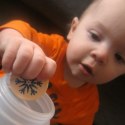
DIY Snowflake Drop Baby Activity
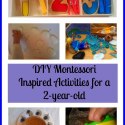
DIY Montessori Inspired Activities for a 2-yearold
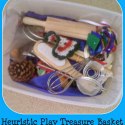
Play & Learn Everyday: Heuristic Play Treasure Box
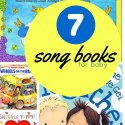
Favorite Books of Songs for Babies
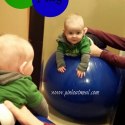
Baby Play Ideas - Ball Play - Pink Oatmeal
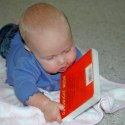
Tips for Reading with Babies and Toddlers
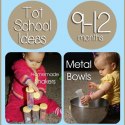
Tot School Ideas for Ages 9-12 Month
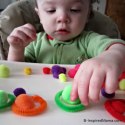
Toddler Sensory Play Exploring Circles
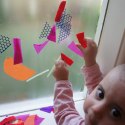
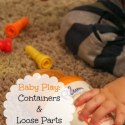
Baby Play: Containers & Loose Parts
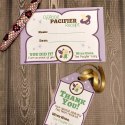
Free Pacifier Fairy Printables - Moms & Munchkins
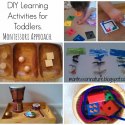
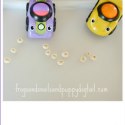
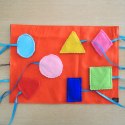
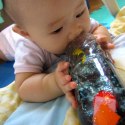
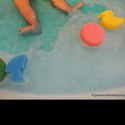
Sponge Bath Activity- easy and fun
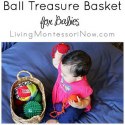
Ball Treasure Basket for Babies
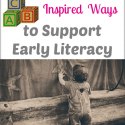
5 Montessori Ways to Support Early Literacy
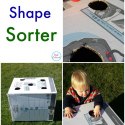
Jumbo Shape Sorter - Pink Oatmeal
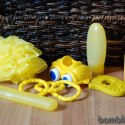
Exploring Yellow | Bambini Travel
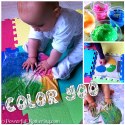
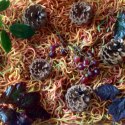
Autumn Fall Sensory Discovery Bin
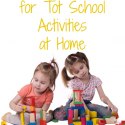
Resources for Tot School Activity Ideas At Home
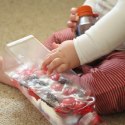
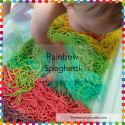
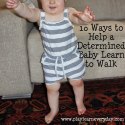
10 Ways to Help a Determined Baby Learn to Walk
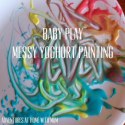
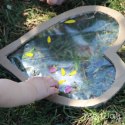
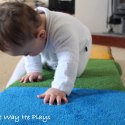
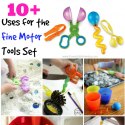
Uses for the Fine Motor Tools Set
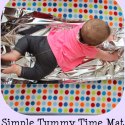
Play and Learn Everyday: Simple Tummy Time Mat
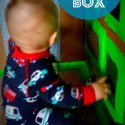
BIG Sensory Box For Babies and Toddlers | Pink Oat

15 Baby Activities For 3-6 Months
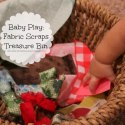
Baby Play: Fabric Scraps Treasure Bin
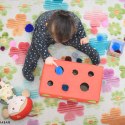
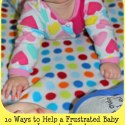
10 Ways to Help a Frustrated Baby Learn to Crawl

Baby Keepsake: Heart Footprint Canvas
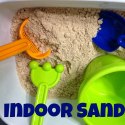
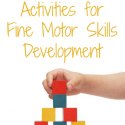
Activities for Fine Motor Skills Development
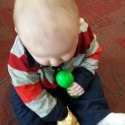
Music Benefits For Babies | Pink Oatmeal
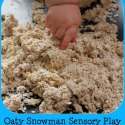
Play and Learn Everyday: Oaty Snowman Sensory Play
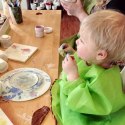
Mama Bee Simple: Ceramics Café
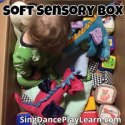
Soft Sensory Box for Babies - SingDancePlayLearn
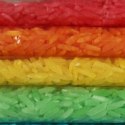
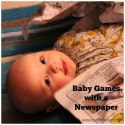
Messy Little Monster: Baby Games with a Newspaper
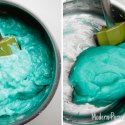
Paint with a wine cork stamp, sensory sink, & more
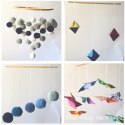
Baby Mobiles - How and why to use them
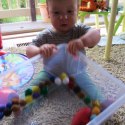
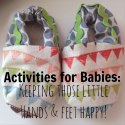
Simple & Fun Activities for Babies
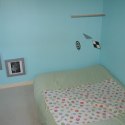
How to Prepare a Montessori Baby Room
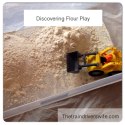
Discovering Flour Play | The Train Driver's Wife
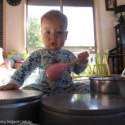
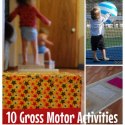
10 Gross Motor Activities for Infants Toddlers |
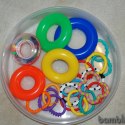
Sink or Float Rings | Bambini Travel
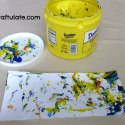
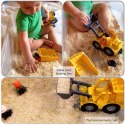
Edible Sand Play | The Train Driver's Wife
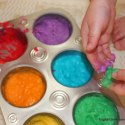
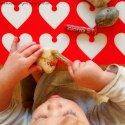
Mama Bee Simple: 'Pastel Pebble'

Nature Activities for Babies - SingDancePlayLearn
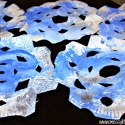
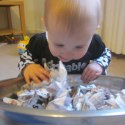
Playing to Learn: Searching for Buried Treasure

Messy Little Monster: Baby Games with a Foil Blank
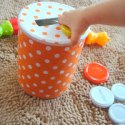
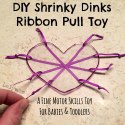
DIY Toddler Toy to Develop Fine Motos Skills
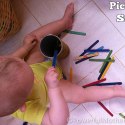
Pick up Sticks a Recycled Toddler Activity
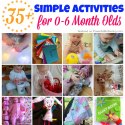
35 Simple Activities for 0-6 Month Olds
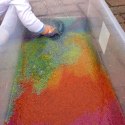
Edible miniature Water Beads |
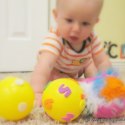
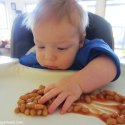
Baby Play: Sensory Baked Bean squish
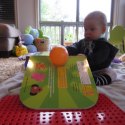
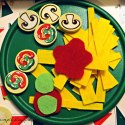
Mama Bee Simple: Forget Food, Think Felt
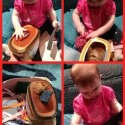
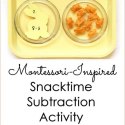
Montessori-Inspired Snacktime Subtraction Activity

5 Basic Baby Signs Baby Sign Language Chart [Con
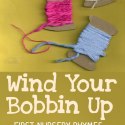
Wind Your Bobbin Up : First Baby Songs
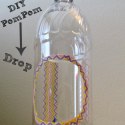
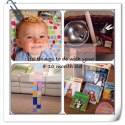
10 fun things to do with your 8-10 month old baby
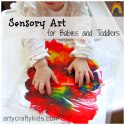
Sensory Art for Babies and Toddlers

Preparing a Montessori Baby Space
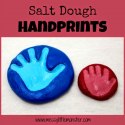

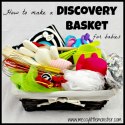
How to make a discovery basket
There are so many clever and creative ways to play with babies here - I have so enjoyed seeing the inquisitive and curious looks on all their tiny faces as I compiled and tried this list!
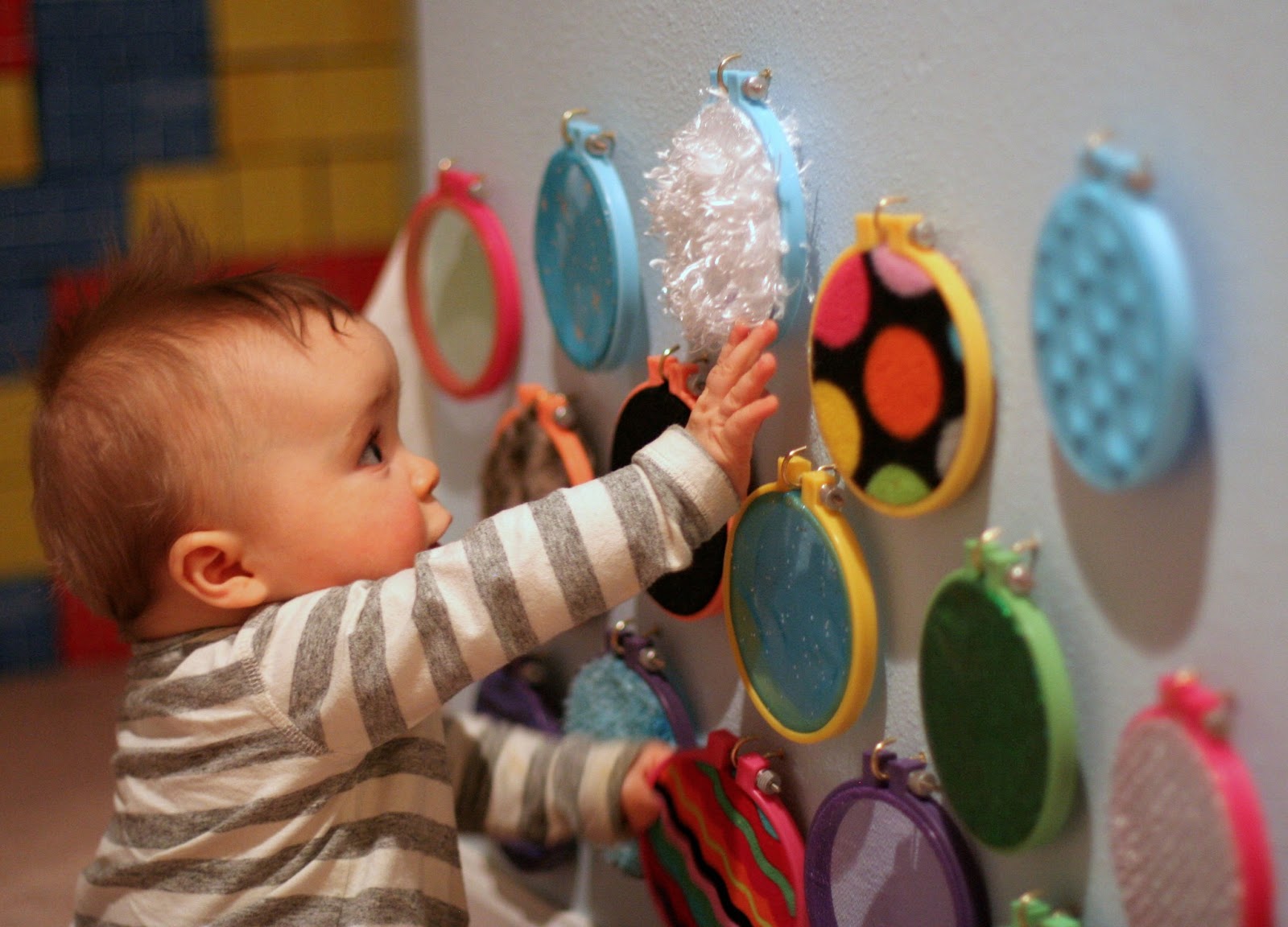
Fun at Home with Kids' five favorite baby play posts are:
DIY Sensory Boards (two kinds) (pictured)
Scented Edible Rainbow Fingerpaints
Edible Sensory Play: Dirt and Worms
You can find ALL of Fun at Home with Kids' baby play posts here.
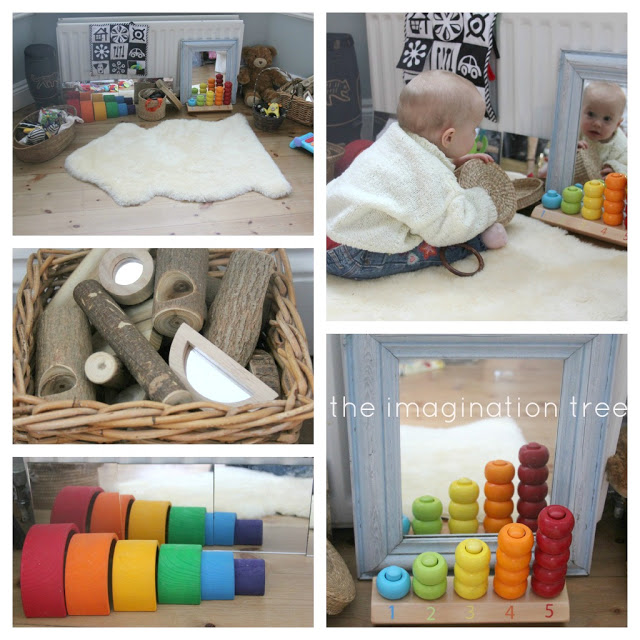
The Imagination Tree's five favorite baby play posts are:
Treasure BasketsBaby Play Area (Reggio and Montessori Inspired) (pictured)Homemade Baby ToysSensory TunnelDiscovery Bottles
You can find ALL of The Imagination Tree's baby play posts here.
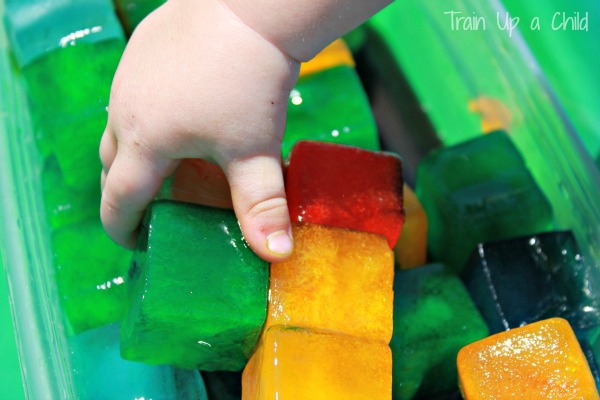
Learn Play Imagine's five favorite baby play posts are:
Colored Ice in the Play Pool (pictured)
Five Messy Sensory Bins for Babies
Five Simple Sensory Bins for Babies
You can find ALL of Learn Play Imagine's baby play posts here.
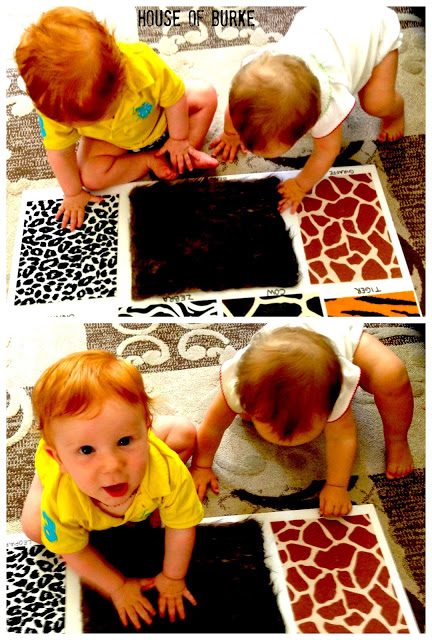
House of Burke's five favorite baby play posts are:
Animal Texture Board (pictured)
Exploring the Guitar with Baby
Bouncy Ball Sensory Bag Painting
You can find ALL of House of Burke's baby play posts here.
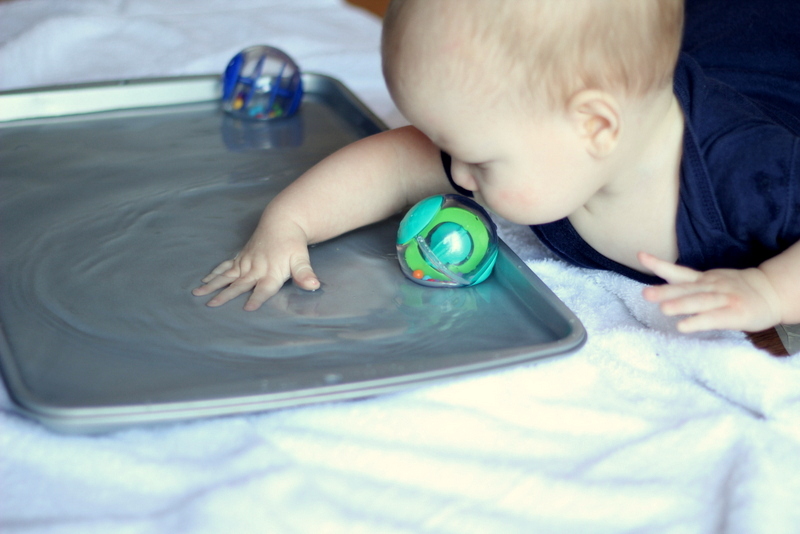
Dirt and Boogers' five favorite baby play posts are:
Baby Water Play(pictured)
You can find ALL of Dirt and Boogers' baby play posts here.
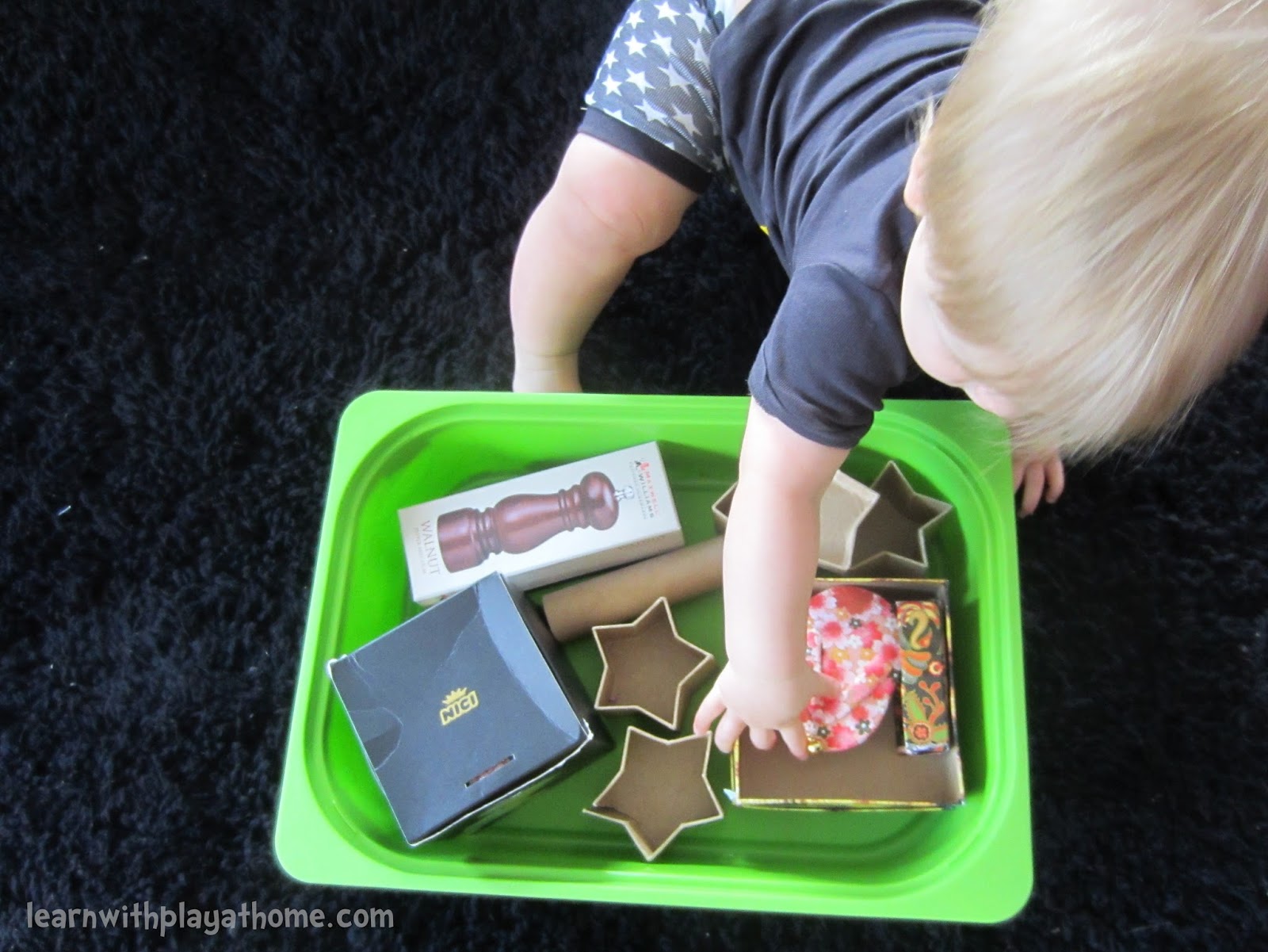
Learn with Play at Home's five favorite baby play posts are:
Baby Box Play (pictured)
You can find ALL of Learn with Play at Home's baby play posts here.
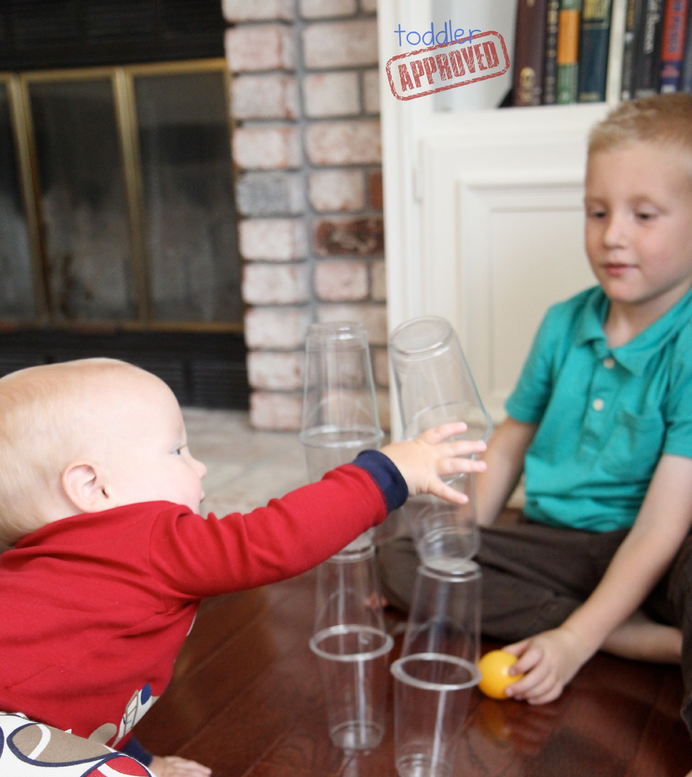
Toddler Approved's five favorite baby play posts are:
Knocking Down Cup Towers (pictured)
Autumn Sensory Tub
Silly Stackers
Simple Shakers
Water Bottle Fountain
You can find ALL of Toddler Approved's baby play posts here.
Paint on the Ceiling
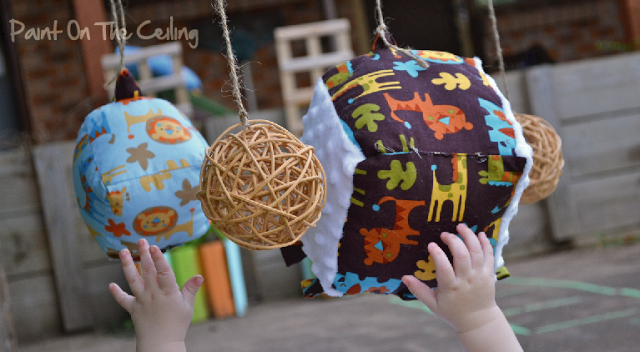
Paint on the Ceiling's five favorite baby play posts are:
Hanging Objects
Textile Treasure Basket
Sensory Water Bag
Fun with Sheets
Rice Bubble Sensory Tub
You can find ALL of Paint on the Ceiling's baby play posts here.
Plain Vanilla Mom
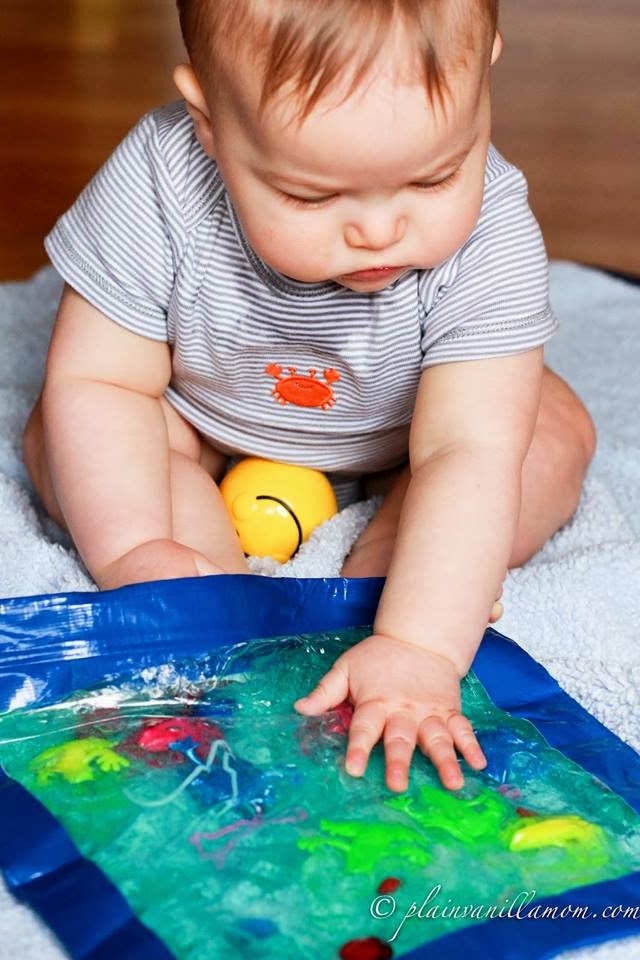
Plain Vanilla Mom's five favorite baby posts are:
DIY Wooden Ring Ribbon TeetherTravel Boxes
Pom Pom Sensory Bin
Alphabet Soup: First Sensory Bins
Sensory Bag for Baby
You can find ALL of Plain Vanilla Mom's baby play posts here.
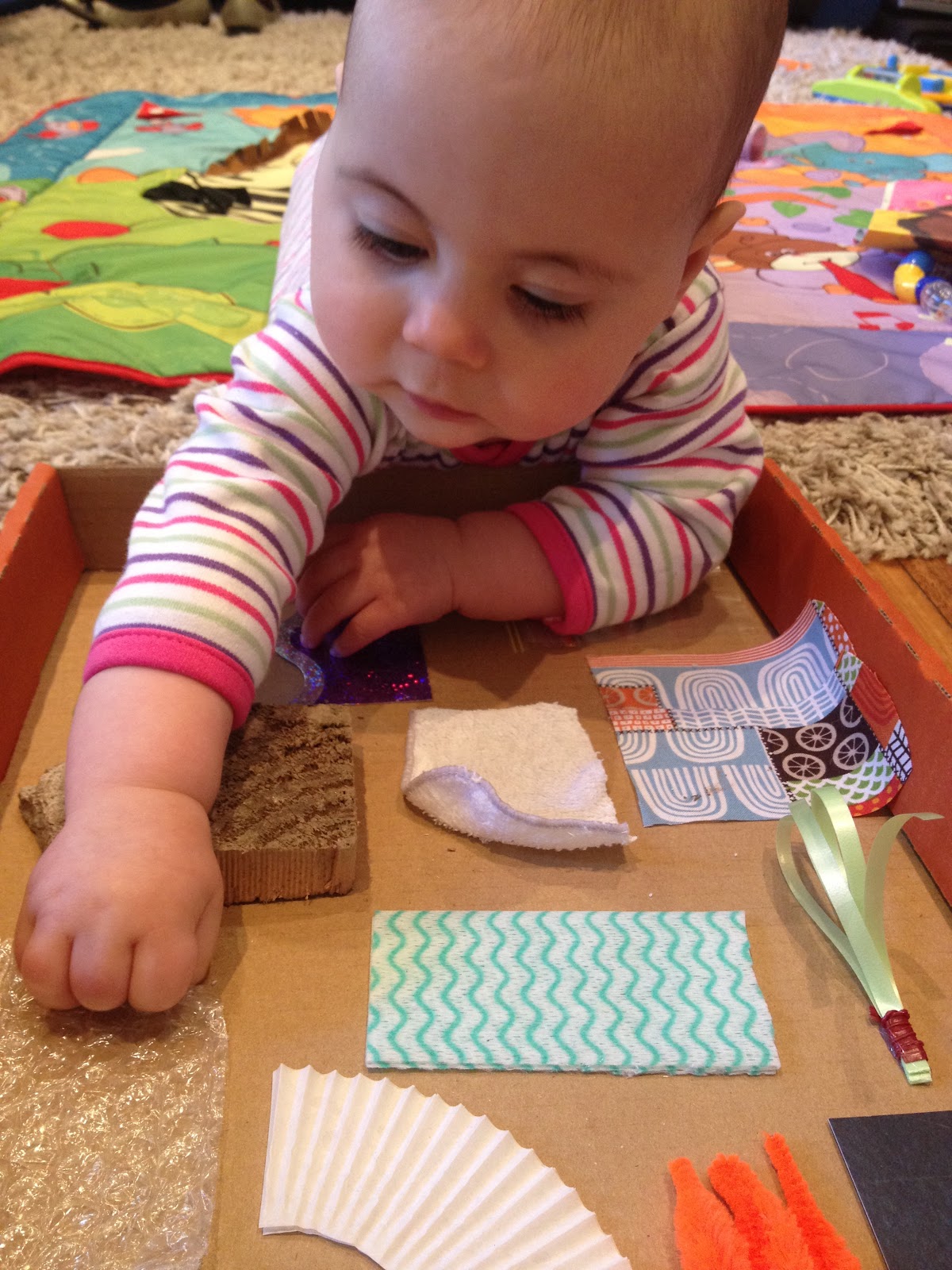
Laughing Kids Learn's five favorite baby play posts are:
DIY Sensory Board for Babies (pictured)
You can find ALL of Laughing Kids Learn's baby play posts here.
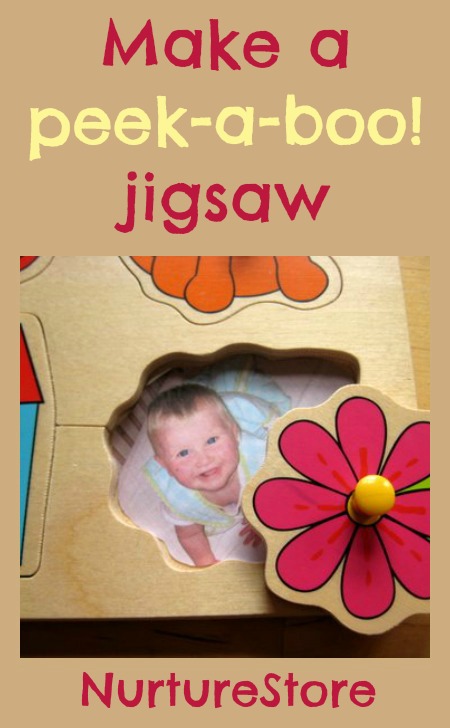
Nurturestore's five favorite baby play posts are:
Personalized Baby Jigsaw (pictured)
You can find ALL of Nurturestore's baby play posts here.
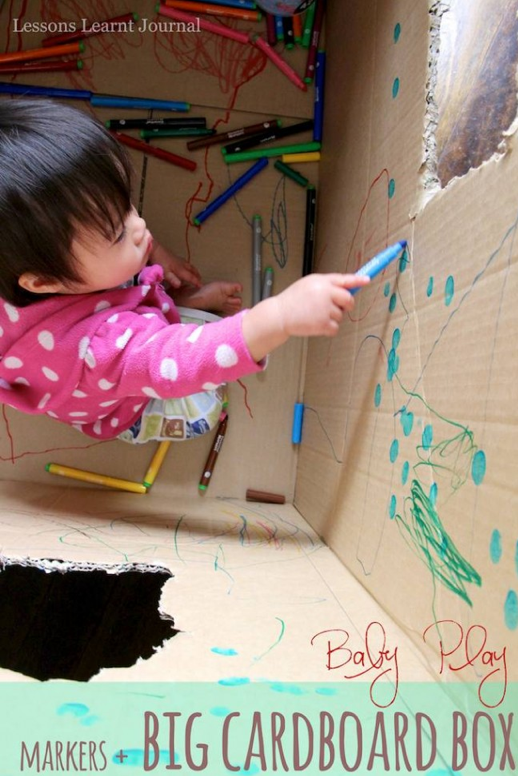
Lesson Learnt Journal's five favorite baby play posts are:
Activities for Chidren: Baby Games
Collage with Sticky Back Paper
Markers + Big Cardboard Box (pictured)
Open Ended Play with Wet Chalk
You can find ALL of Lesson Learnt Journal's baby play posts here.
Infant Play By Age
I have seen lots of new moms struggle with which activities are suggested for their childs age, So, I decided to compile this list as a helpful guide to share different activities for infants and toddlers that are mom tested and baby approved. If you stay at home with your child like I do, the days can seem to drag along. Hopefully these ideas are helpful and educational! Remember that just because something is listed for a certain age, doesn’t mean it isn’t beneficial for other ages as well!
Activities for 0-3 Months
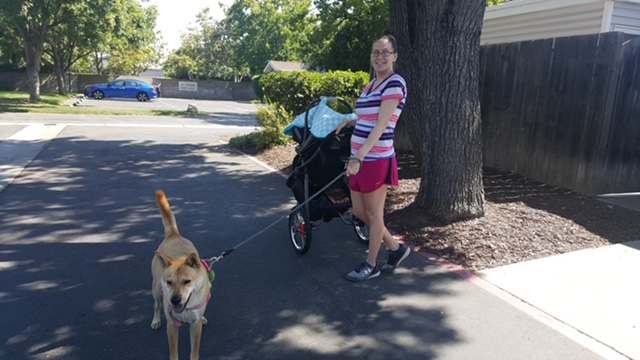
Go for a walk outdoors. My baby did not like to be laid down, so I wore him in a carrier all the time. Babywearing is great for your baby to get tummy time practice and still be close to you. You can do things with your hands, and your arms won’t get tired from holding a sleeping baby in one position. You can also take your baby for a walk in a stroller. It is nice to get some exercise and fresh air.
Can do kiddo and eat sleep and play share great ways to encourage your babies development.
Tummy time is great for building your newborns’ neck and head muscles. My baby didn’t love laying on his belly, but most babies love to lay on their parents’ chests. You can put a fun toy in front of your baby to give them something to look at while they practice.
Nurtured noggins has wonderful ideas for activities for infants.
Talk to your newborn about what you are doing throughout the day.
Activities for 4-6 Months
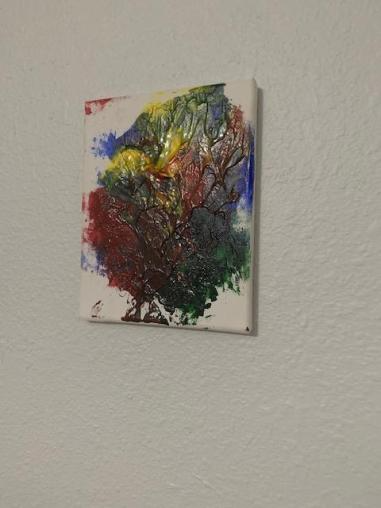
Build a fort with your furniture, pillows, and blankets. My baby loved doing this on the bed with his dad. It is so fun at any age to hide under a homemade tent and play.
Lay on a play mat with hanging toys. This wooden play gym is the perfect, non-toxic set up that you can move anywhere in the house for entertainment.
Babies love wrist rattles like the ones I put in my guest post on the best baby and toddler gift ideas. It is so cute to see your baby shake them and make their own music.
My baby loved plastic bag painting. We put a canvas inside a bag with different colors of paint, and he kicked and hit it creating his first piece of art. We still have it in his room hanging, and he loves to look at it and feel the texture now as a toddler.
Find some paper, and let your baby tear away! It was right around this age for my baby’s first Christmas, and he loved opening the wrapping paper more than the gifts themselves.
Shine a flashlight in a dark room. A lot of time is spent sleeping these days, so make light of it before a nap or bedtime. Your baby will love seeing the shadows and exploring light and dark.
Activities for 7-9 Months
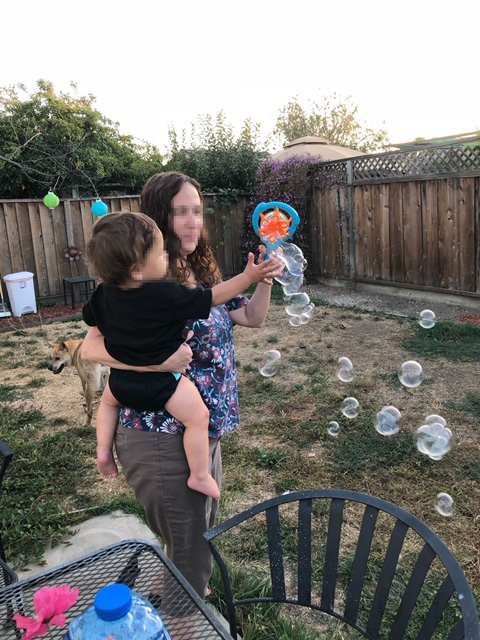
Blow bubbles! This is one of the most fun and simple activities for infants and toddlers. You can find bubbles for a dollar at dollar tree or make your own. Bubbles provide amusement for days as your child will love to watch them float around.
Look in the mirror together. Your baby will get a kick out of seeing his/her reflection. Although, at this stage he/she probably won’t recognize the image as being his/her self. It is fun to make silly faces or play peek a boo.
Look at pictures of familiar faces. You can create your own cards by printing photos of your family members and friends. Then, I would suggest laminating them, because we all know how much babies love to put everything in their mouths. Plus, this helps keep the pictures from being torn or soaked with water. You can even take it a step further by gluing them to card stock, so they will be nice and firm to resist being bent.
Play with the steering wheel or explore in the car. This remains one of my toddlers favorite activities. Any time we are in the car, he likes to navigate through the back seat and press all of the buttons.
Look out the window. You can talk to your baby about what you see. They will love seeing birds, cars, people, and more! Sometimes they may even catch their reflection on the glass.
Roll a ball back and forth. This is one of the activities for infants and toddlers that helps their gross motor skills and hand eye coordination. My toddler giggles when we play with balls as they are his favorite.
Activities for 10-12 Months
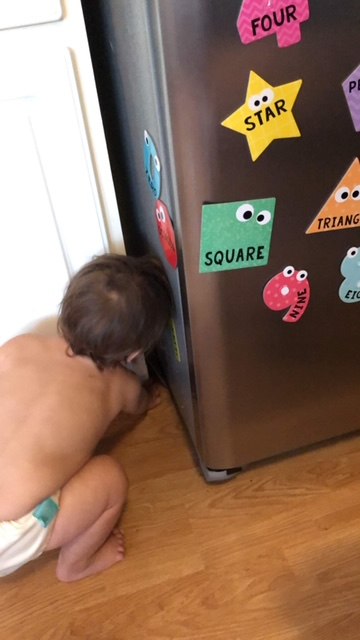
Put balls in a muffin tin (teaches one to one correspondence). This activity can be done with any small balls you have. Most people should be able to find a muffin tin in their kitchens. If you don’t have one, children love to play with anything you have that isn’t a toy. My baby loves to play with bowls and spoons, pounding on them to make noise or rolling his ball around inside. Some of the best activities for infants and toddlers are just talking to them and involving them in your everyday activities.
Velcropuff ball activity: I love this idea! I found it when creating this blog, and it sounds so fun and easy. You just need velcro and puff balls, and your baby can enjoy sticking the puff balls on the velcro and pulling them off.Pull your baby around in a basket. The majority of people have laundry baskets in their homes. It isn’t the most comfortable for the parent, but babies get a kick of riding around the house in a basket. If you don’t have a basket you could use a large box.
Buy some magnets and let your baby place them on the refrigerator. My mom made DIY magnets by gluing little magnets on wooden animals from a craft store. Then, she put them in a metal container to carry for on the go enjoyment. This can be handy for road trips or while running errands to keep your child busy even at an older age.
Stacking games are great and can be done with everyday household objects like cups and bowls. Here is a post that talks about all of the benefits of these activities for infants and toddlers.
Create an obstacle course for your baby with pillows. He/she can have a great time just crawling over and around the mounds.
Activities For One Year Olds
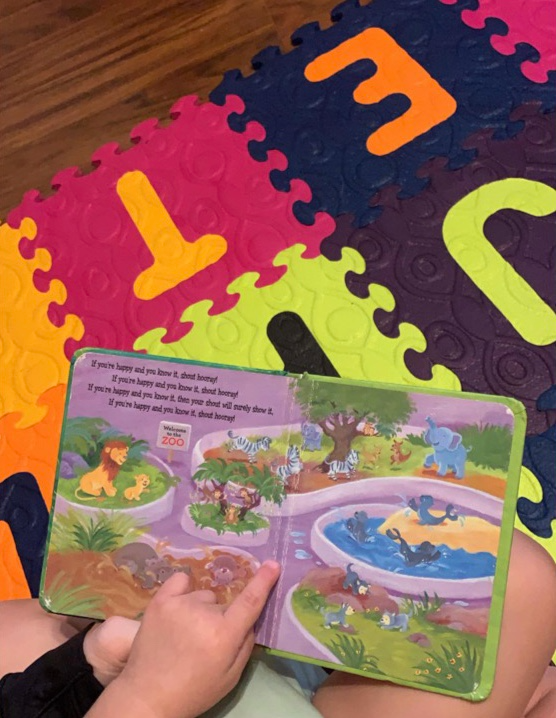
Read board books. In my opinion this is one of the most beneficial activities for infants and toddlers, better yet children of all ages. We love to borrow books from our library. At this age I’ve found that board books are best, so you don’t have to worry about the pages getting torn. My toddler loves reading this book.
Play on the playground. Children need to spend time outdoors and get all of their energy out. This is one of the essential everyday activities for infants and toddlers. You should be able to find a playground near you that you can visit for free and your toddler can climb to his/her heart’s content!
Go on a walk in the stroller. If you don’t have a stroller, find a trail near you and let your toddler run around! They will love to explore nature and have the freedom without being told not to get into things they don’t belong in.
Dance! Put on some music and sing along. You can even dance without any music. Make up motions and sing nursery rhymes.
Make animal noises. My toddler is obsessed with all things animals. He loves to say the noises and sing old mc donald. These cards include amazing photos of animals.
Talk about body parts and get your child to point to them. It is never to early to practice naming different body parts. Toddlers love to show their smarts. Some of the best activities for infants and toddlers just require you being present, interacting, and engaging with your child.
Water play outside with bowls, spoons, and things to scoop. They can also have a fun time playing in the bath tub or sink with water. We got our toddler a water table that is great for all kinds of sensory play.
Tape streamers across the hallway. This is such an easy activity that you can throw together in a minute. Perfect for long rainy days stuck indoors or if you need to keep your toddler occupied for a little while. If you want to live on the wild side give them the streamer roll.
Poke a hole in a box and put ribbon through it for your toddler to pull. It will be exciting for them to see how much ribbon continues to come out. Have fun with these activities for infants and toddlers creating new games.
Create a DIY felt peekaboo house. This is such a cute idea. Similar to the familiar faces book I discussed earlier, except this plays on how much children love peek a boo. Your toddler should enjoy getting to open and close the felt flaps.
Make a ramp out of a book. We need to try this activity. I’m sure my toddler would have a lot of fun watching different toys roll and slide down differently. As you can see, a lot of activities for infants and toddlers don’t require that you buy a ton of toys.
I’m not sure how this DIY ball drop would hold up to my rough toddler. I tried creating something similar before, and he just ripped it off the wall. Ideally this would be a fun activity where your child can drop balls down a cardboard tube.
My toddler loves to just play in giant boxes that we get deliveries in. He drags them around, crawls inside, and has pretend play for days. This is one of the easiest activities for infants and toddlers.
We got this butcher paper and these non-toxic crayons. You can tape the butcher paper to the floor or a table. It is great to use for all art activities and coloring. This is a great open ended option on this list of activities for infants and toddlers.
Another activity I plan to try with my toddler that I think he would enjoy involves construction and contact paper. Your toddler can tear the construction paper and stick it to the contact paper to create their own work of art.
Here is a list of amazing montessori activities that are perfect for toddlers.
Play By Age Toddler Version
Activities For Two Year Olds
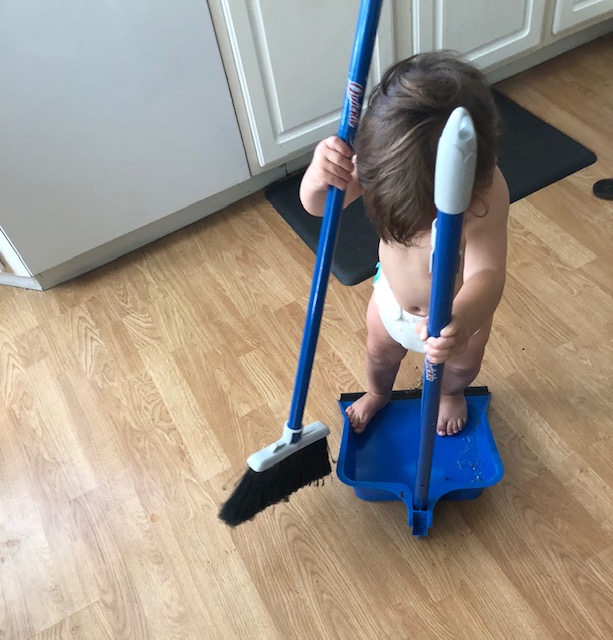
I plan to make this gluten and dye free playdough with my toddler. Clay is also great for molding and building your child’s fine motor skills. I love the activities for infants and toddlers that you can do with everyday items you have on hand at home.
This DIY feelings board book is so helpful for children at this age when they are dealing with so many big feelings frequently. It will be fun to make and get your child to pose for the photos. Then, you can refer back to it to help your child be able to recognize and label their feelings.
Create homemade nontoxic paint to finger paint with. My toddler would love the sensory experience. Your child will also have the piece of art that they make to cherish and be proud of.
Practice counting things around you. The more you expose your child to number the more comfortable they will be. This teaches them basic math skills through their natural environment. This is another one of the activities for infants and toddlers that can grow with your child.
Help clean up and organize. At this age children love to be involved and mimic what the adults around them do. Use this to your advantage and make cleaning a game.
Look at family photos. Children love to see themselves and look back on family memories. These activities for infants and toddlers are fun for the whole family. It’s nice to remember the past and review photos together.
Sticker sorting is your go to quick and easy activity for toddlers. You just need paper and an assortment of related stickers. This allows your child to practice classifying and grouping colors or whatever you choose to sort the sticker by.
Sticker line up is a fun activity for your toddler to hone in on their fine motor skills placing the sticker in a line.
If you have older children you should read Marta’s guest post on Indoor Activities for Kids.
More recent posts
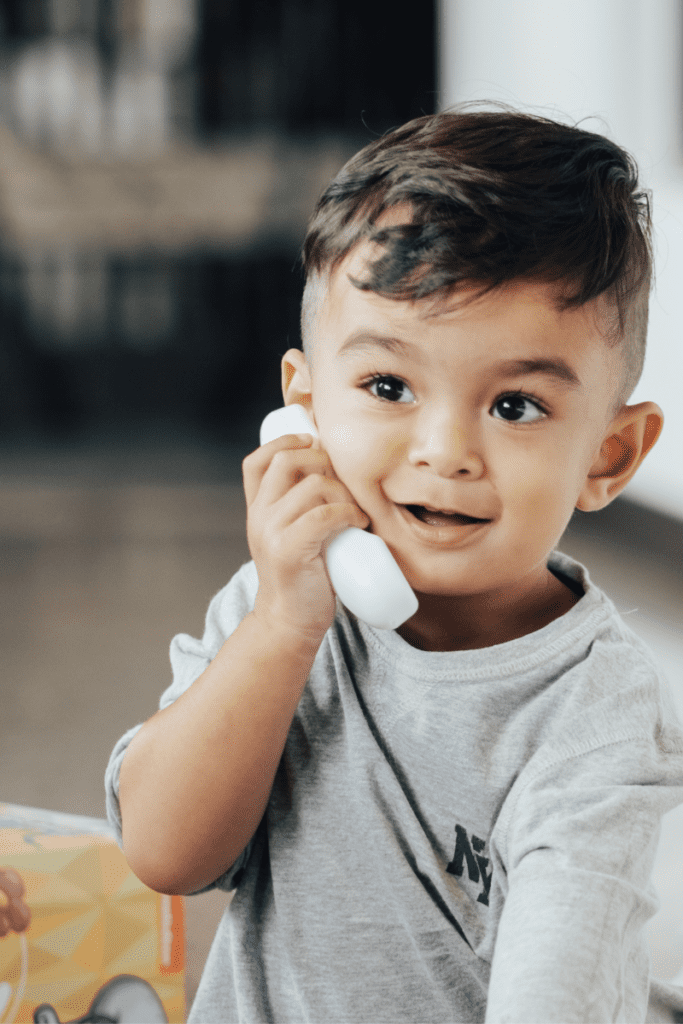
Language Activities for Toddlers: 50 Ideas to Promote Communication
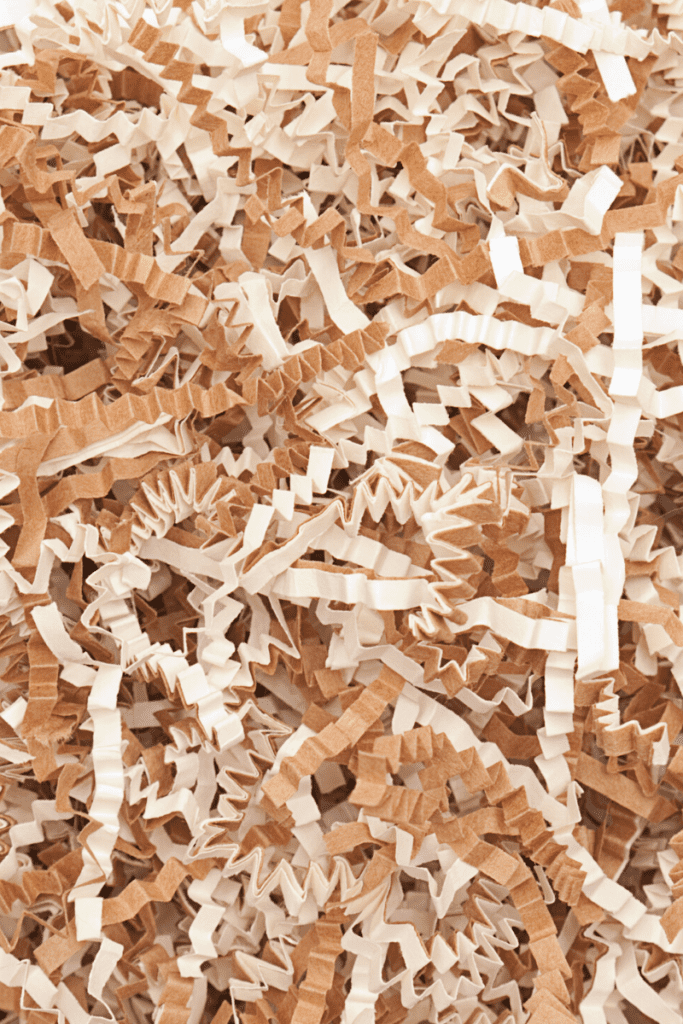
25+ Tearing Paper Activities: Turn Ripping into Play & Learning
